Complementing the Buyer’s Journey: A Guide to Create Content for the Funnel
Author: Avdhoot Vadghule
Published On: 13-09-22
Last Updated on: 17-11-23
Estimated reading time: 9 minutes
“The more you know about your customers, the more you can provide to them information that is increasingly useful, relevant, and persuasive.”
This statement, from the renowned digital marketing author, Jay Baer, can prove as a golden mantra for new-age businesses. Today, the onus is on you to offer pertinent information that aids customers in their buyer’s journey.
The right type of content can provide just the kind of data that a buyer requires. Such buyer-centric information persuades potential customers to transition from product discovery to purchasing.
There is, however, the need for a systematic approach to educate and entice customers to buy your product or service. This blog helps you understand how you can intrigue prospects into becoming buyers through the power of impactful content.
Why is it important to understand the buyer’s journey?
In today’s era, customers are no longer ill-informed. They do not wake up and decide to buy a product, eventually purchasing it on the same day, without knowing the facts.
Today’s buyers are research-oriented. According to Google Insights, 78% of customers spend more time researching a brand online than in-store. Hence, the buyer’s journey is no more a straightforward process.
Before customers are ready to buy a product, they go through a couple of crucial decisions:
- They are aware of their problem or requirement
- The prospects aren’t sure of the suitable solution or product
- After exploring potential solutions, they venture to choose the best option
In a nutshell, customers begin their research with the awareness stage and proceed further, considering apt solutions. Their purchase decision is dependent on the most fitting features that a brand offers.
Understanding the buyer’s journey helps businesses, writers, and content marketers address the needs of modern customers. You need to offer information that is tailored to your target audience. This content can prove as a guide that simplifies various stages of the buyer journey.
Now that you know the significance of a buyer’s journey, it’s time to understand ways to create your content strategy.
Meet buyers where they are with your content strategy
To start your marketing plan, you should first define your buyer persona. Consequently, you will be more aware of the target audience and better understand the buyer’s journey.
After gauging the needs of your potential prospect, here’s how your thought process should be in every step:
1.Inform during the awareness stage
When does a person decide to buy a product or service? Well, this ‘need’ arises from becoming aware of a problem, inconvenience, or ailment.
Let’s consider a simple example of protein supplements. What happens precisely in the awareness stage? The person is aware that they need proteins to boost their immunity or grow muscles.
So, to solve this dilemma, the individual looks for a solution to the existing problem. To help this individual (who is still not a buyer), you need to offer suitable content.
What should your approach be?
To inform the prospect about potential solutions, you should focus on creating educational content. Here’s a generic blueprint that you can follow:
| Aim | To help the prospect in the buyer’s journey |
| Solution | Offer informative content that presents solutions |
| Caution | Don’t make it promotional |
Your focus should be to ‘help’ rather than ‘sell’ at this initial stage. Understand that people are looking for resources, answers, and data to assess their current situation.
So, here’s the type of content to create in this stage:
- Blog posts
- Articles
- Whitepapers
- Social media
- Videos
- Infographics
As you can observe, these six content types incline more towards the informative side. So, they kickstart your strategy of complementing the buyer’s journey.
Now, let’s relate this strategy to the example of ‘protein supplements.’ After becoming aware of the existing health issues due to lack of protein intake, the prospect initiates research. In such a case, this person can search for, ‘how to increase protein intake?’
You can offer a solution to this problem by explaining the potential options through any one of the mentioned content channels.
Here’s what you can include:
- Significance of protein
- Potential issues due to lack of protein intake
- Homemade and supplement options
- Conclusion
Blogs containing detailed information on these facets can solve the customer’s needs. To create technically sound content that ranks high on the search engine, you can even avail services of professional content marketing agencies.
For instance, companies like WrittenlyHub are well-versed in developing original, informative content. You can leverage such services to meet the buyer’s journey requirements.
Here’s something interesting
You must be familiar with the well-known digital entrepreneur Neil Patel. His blogs are the perfect example of content that helps customers in the awareness stage.
Rather than focusing on selling his consultancy services directly, he also publishes articles like ‘10 Easy SEO Fixes’ to help visitors throughout their buyer’s journey.
2.Offer a solution during the consideration stage
By this stage, your prospect has identified suitable solutions. Now, it’s time to evaluate the options for making the most appropriate purchase.
So, it would help if you define the available options in depth. Remember, simplification is the key to creating content for the consideration stage of a buyer’s journey.
Let’s extend the ‘protein supplement’ example further. By now, the potential customer understands the solutions to address the lack of proteins. At this stage, this prospect wants to evaluate the pros and cons of each alternative.
What should your approach be?
Defining the products is the key to addressing customer demands in the consideration stage. Here are three points to focus on:
| Aim | To explain available options |
| Solution | Offer in-depth and technically sound content |
| Caution | Be honest and authentic |
In the consideration stage, you have moved on from educating to presenting. So, it is crucial to lay all the points genuinely and accurately.
These channels are suitable for content marketers to include in the consideration stage:
- Blogs
- eBooks
- Guides
- Webinars
- Live demos
- Comparison videos
You can leverage these content segments and explain the minute details of each available solution.
Apply this strategy in the ‘protein supplement’ example. The seller can avail services of specialized content marketing agencies to write eBooks, blogs, or product guides on protein supplements.
This way, potential customers can understand each aspect of various natural products and supplements. As a result, these buyers can proceed further by nearly finalizing their preferred product.
Here’s something noteworthy
Shopify, the renowned e-commerce company, offers free webinars to highlight their services. These live courses and webinars intrigue potential buyers by adding a remarkable value proposition.

So, before availing of any Shopify services, customers can educate themselves on startup or marketing ideas. This content motivates them and makes it easier to make the final decision.
3.Highlight USPs during the decision stage
When customers reach this stage, it is evident that they are ready to buy a product. They know their options and expect to choose the best brand.
This is your chance to showcase the USPs of your brand. In this stage, your intention should be to provide information highlighting all the essential features of your product or service. Let us apply the final strategy for the ‘protein supplement’ example.
By now, potential customers have decided on buying protein supplements. You should, however, showcase how your product is best suited for the purchase.
So, in addition to explaining ‘why to choose your product,’ also provide an apt case study if possible. Remember, you need to persuade customers to buy your product.
What should your approach be?
Remember, your primary focus in developing the content strategy for this stage should be on the benefits offered.
Here are the general points to consider:
| Aim | To highlight your unique selling proposition |
| Solution | Offer promotional content with CTA |
| Caution | Show eagerness to contact qualified leads |
The final stage of a buyer’s journey is critical to back up any claims you made in the previous stages. Hence, your content strategy should include the following channels:
- Case studies
- Use cases
- Blogs
- Customer reviews
- Coupons
- Free trials
- Consultations
Overall, these pieces of content aim at offering actionable advice to the buyers. Consider this stage to be the last chance to persuade the customer to choose your end product.
Being a critical segment of the buyer’s journey, your content planning needs to be immaculate.
Notably, your content should address the issue of cart abandonment. Almost 80% of customers abandon their orders in this final stage. You can prevent such a scenario with the right content strategy, intuitive plugins, and offering a value proposition.
Here’s a stellar example
Adobe is an excellent company that believes in product-led growth. In other words, this software firm nails the decision stage by highlighting product USPs and offering free trials.
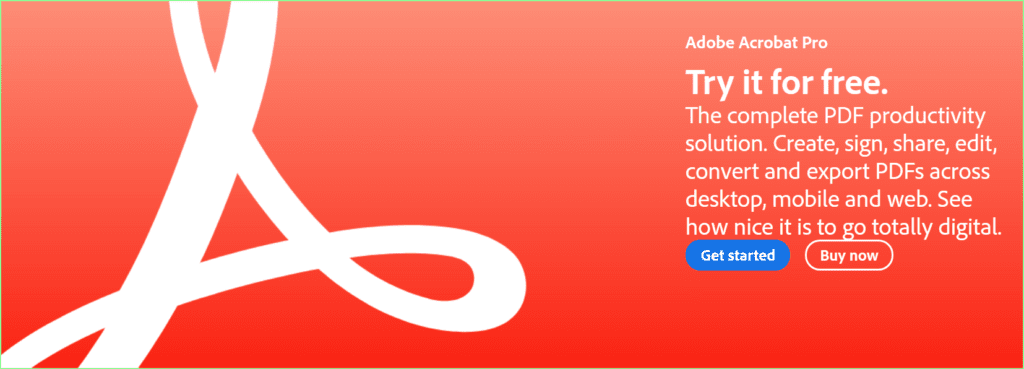
Notably, their free trial webpage highlights all the features that customers can use with the offer. This content encourages buyers to believe in the brand’s reliability and purchase the product without any hesitation.
Design a fail-proof content strategy
The buyer persona for each business is different. Hence, defining your target customer is vital to complement the buyer’s journey.
Focus on three goals to address each stage of the customer sales funnel — inform, elaborate, and persuade. Your content should relate to these purposes for helping out the buyer. Consequently, you can convert potential prospects into leads.
In every stage, you can utilize blog posts to communicate the desired message.[q] These content types have the potential to match different tones and meet the varied requirements of each purchasing stage. To create engaging content, you can benefit from the invaluable support of industry experts.
Content marketing agencies like WrittenlyHub offer a wide array of services. You can contact and avail expert guidance in preparing content like blogs, eBooks, articles, product reviews, and more.
Frequently Asked Questions
1. What is the buyer’s journey in content marketing?
In content marketing, the buyer’s journey is a framework that outlines the stages a customer goes through before making a purchase: Awareness (realizing a need), Consideration (evaluating options), and Decision (choosing a solution). Effective content marketing addresses needs and questions specific to each of these stages.
2. Why is the buyer’s journey important?
Your customer’s journey provides vital information for designing tailor-made marketing campaigns. Once you understand the needs and preferences of your target customer, it is easier to create an insightful and persuasive content strategy.
These marketing campaigns help deliver sound results like transforming prospects into buyers and lead generation.
3. How do you map content to the buyer’s journey?
Mapping content to the buyer’s journey involves creating content that aligns with each stage: Awareness, Consideration, and Decision. For Awareness, focus on informative, educational content. In Consideration, provide comparison and solution-focused content. For Decision, use case studies, testimonials, and product-specific information to persuade.
4. How to write content for sales?
When writing content for sales, focus on the unique value proposition of your product or service. Use persuasive language, highlight benefits, address common pain points, and include compelling calls to action. Tailoring content to address specific customer needs and objections can lead to successful conversions.

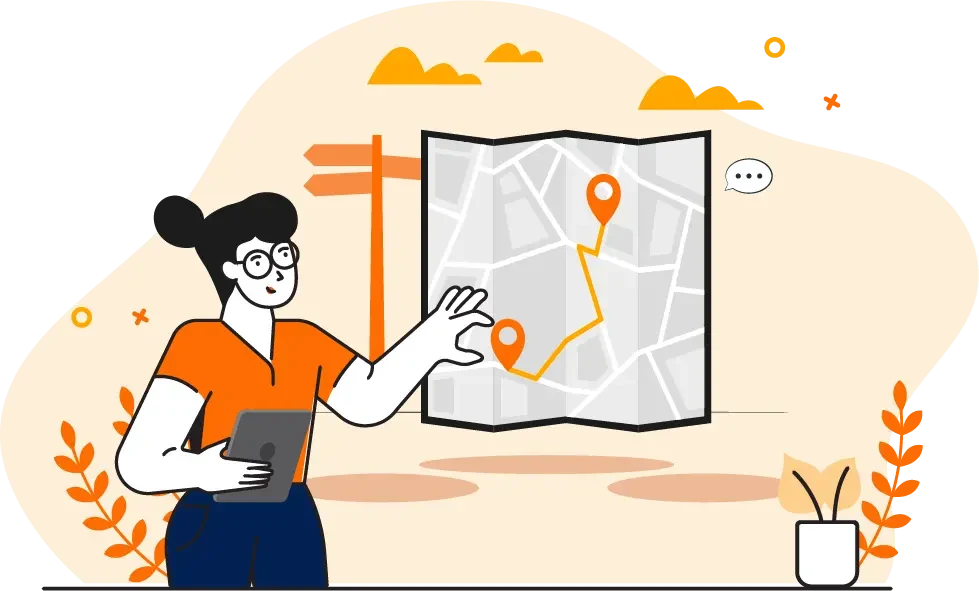
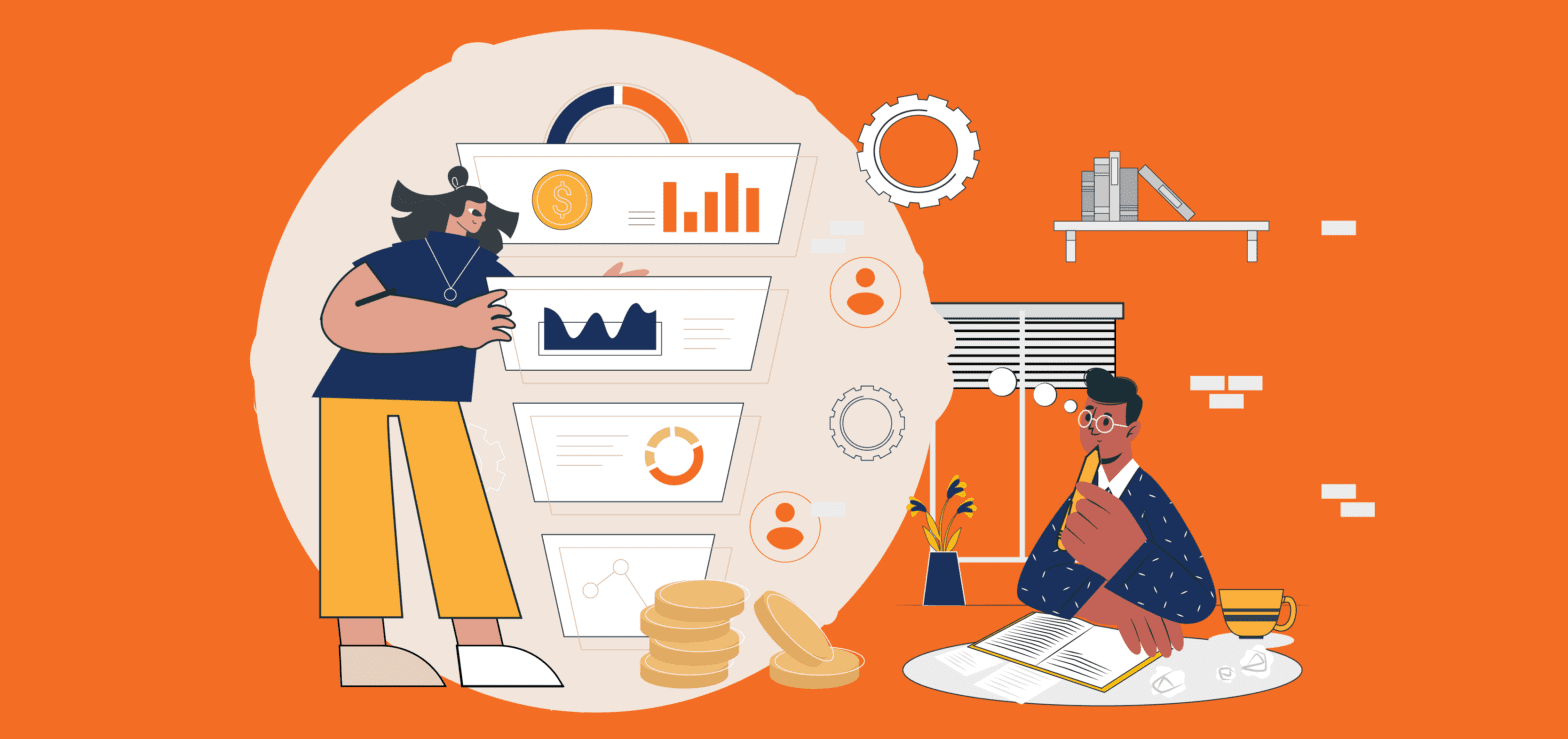

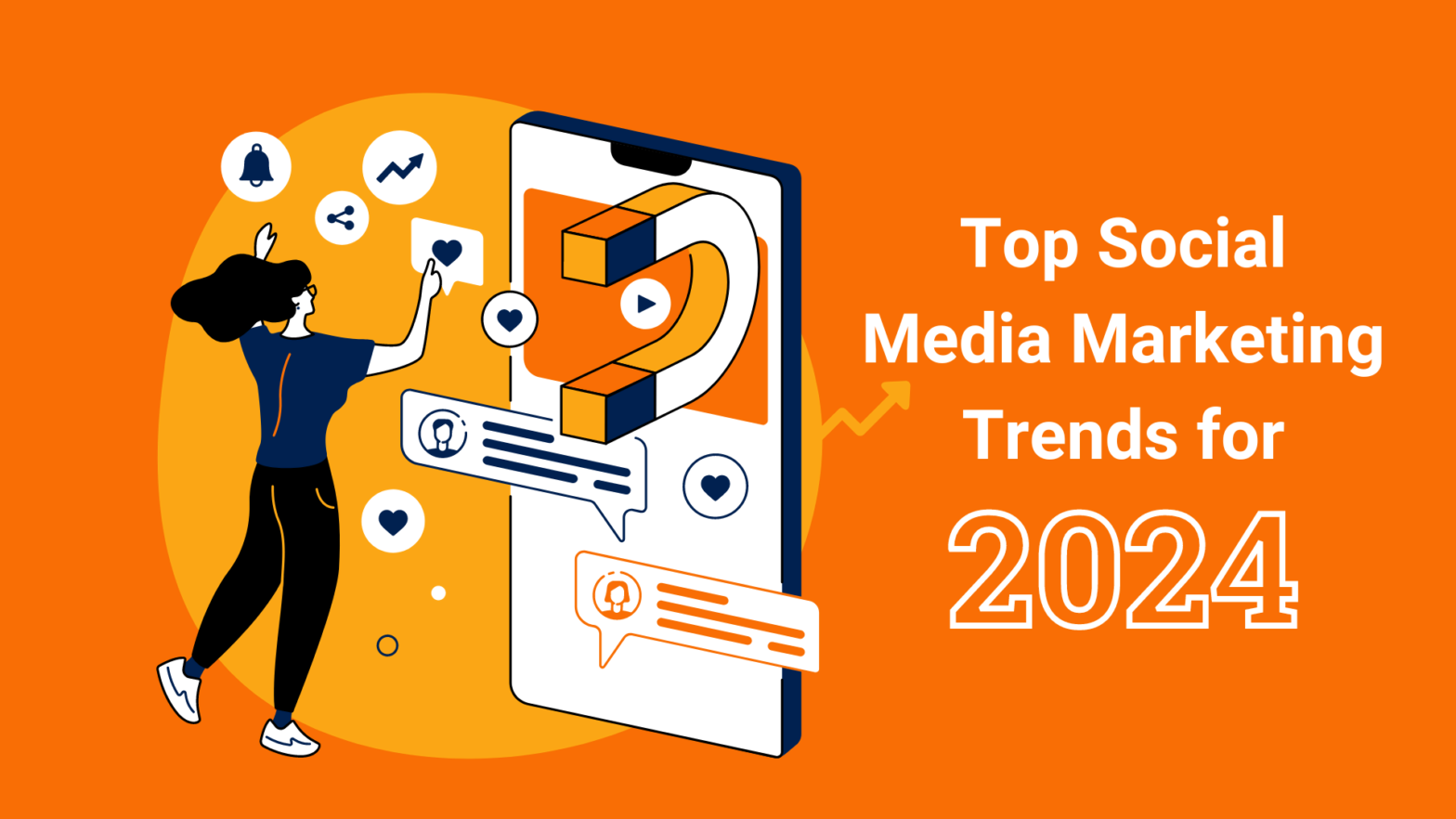
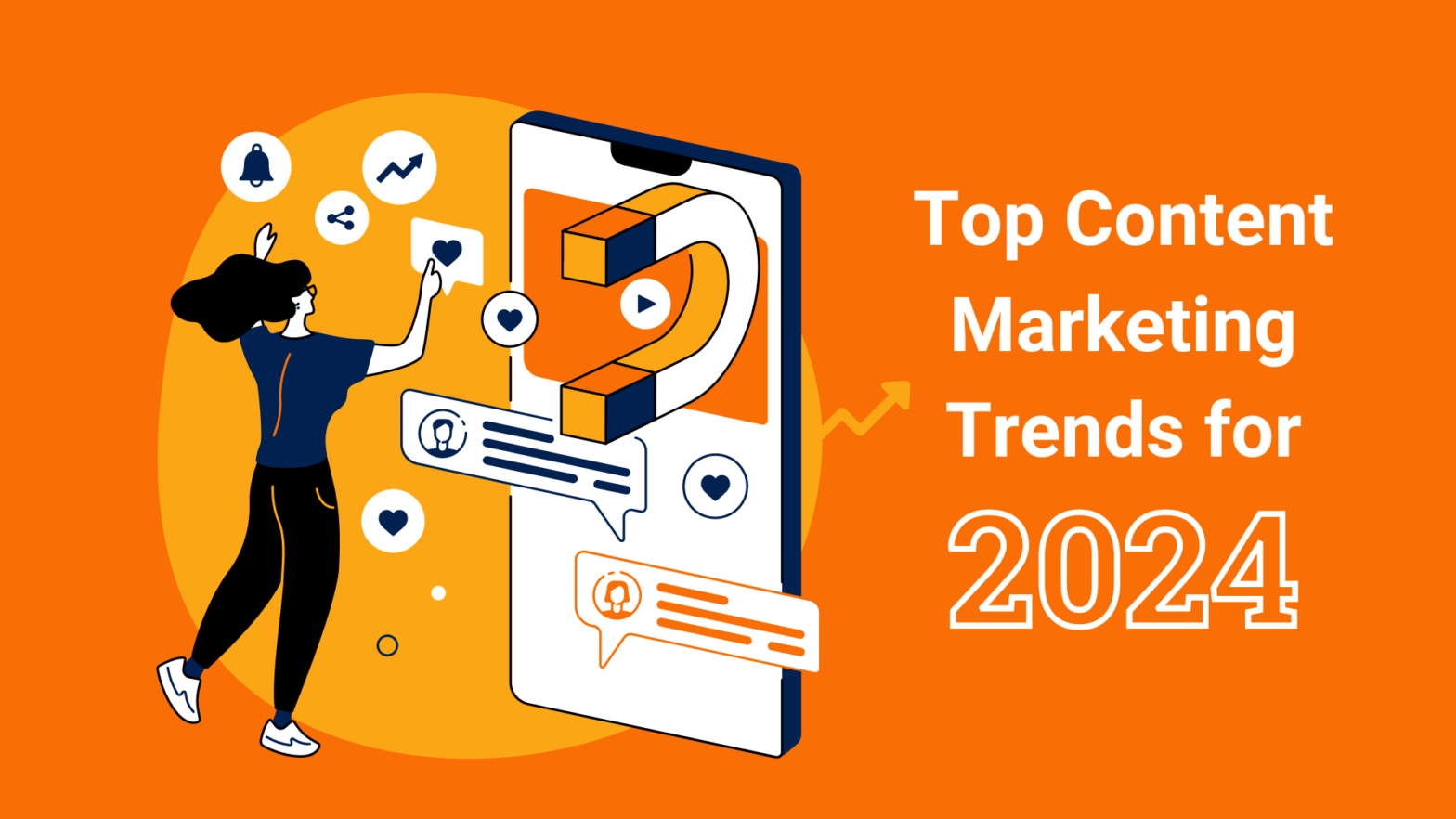
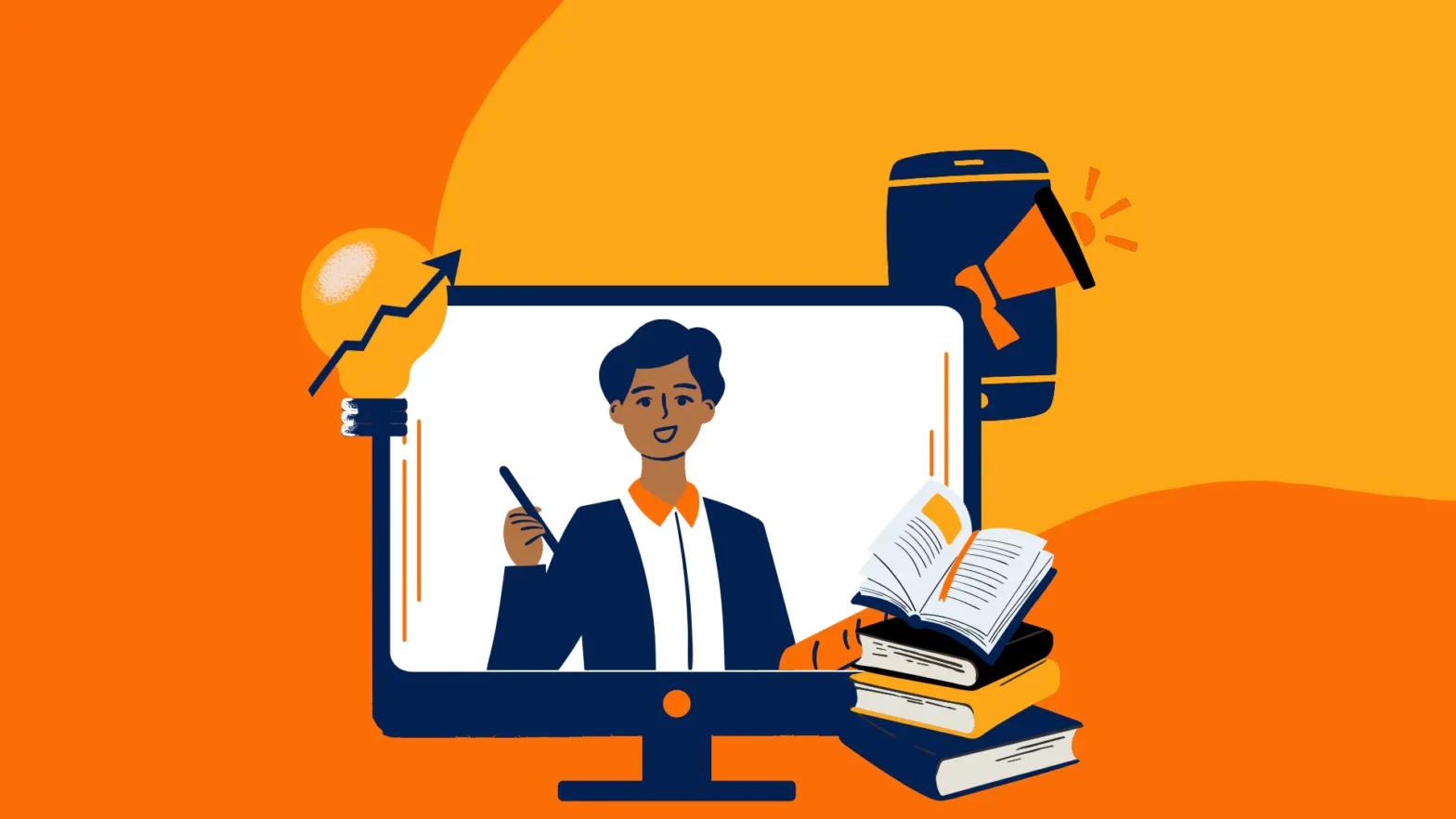

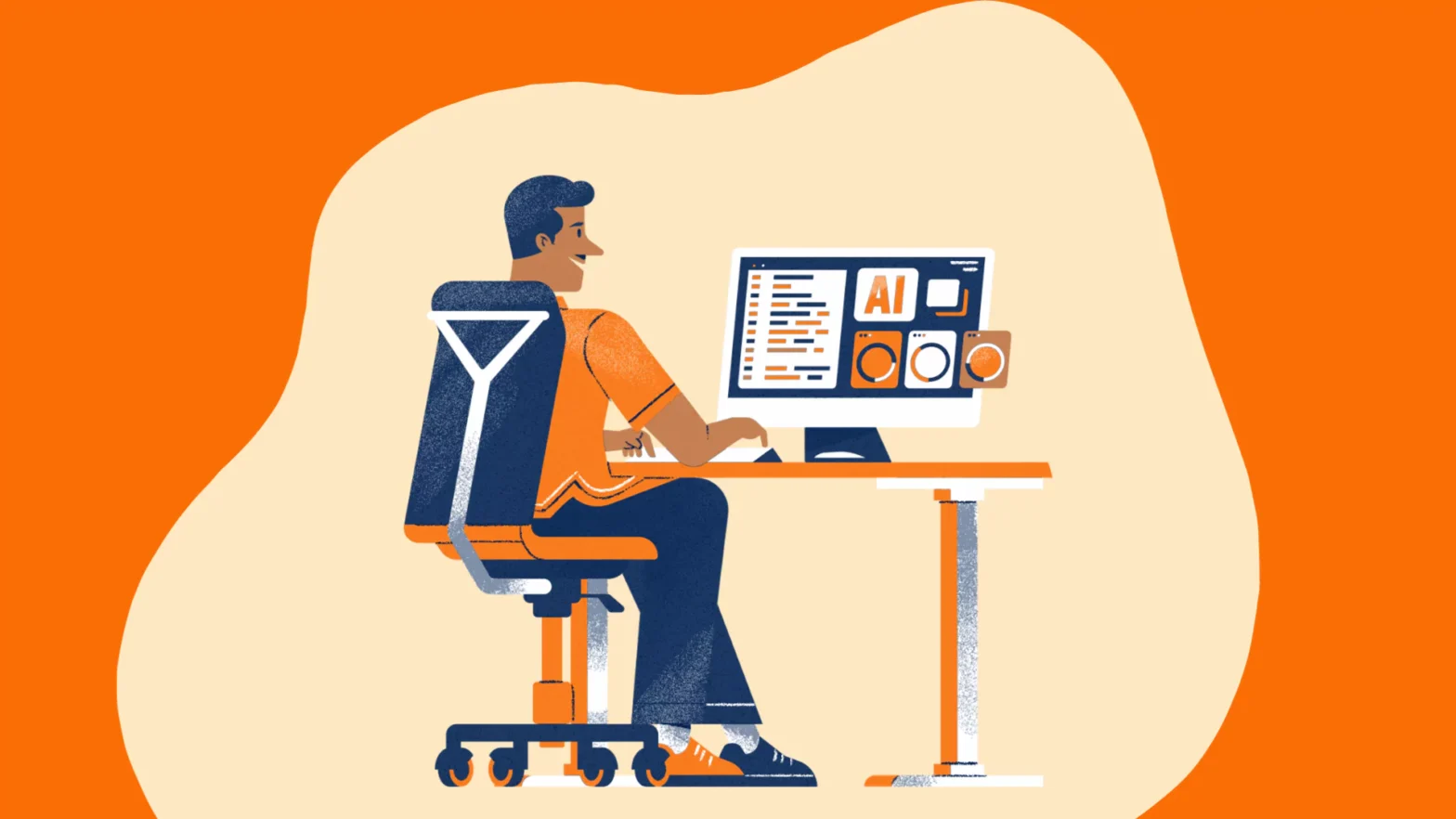
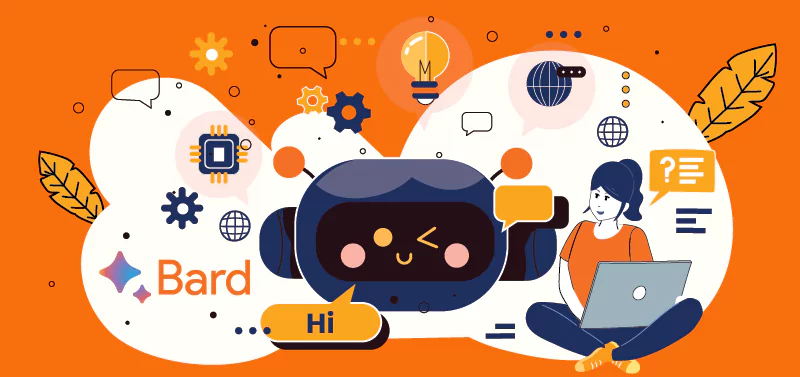
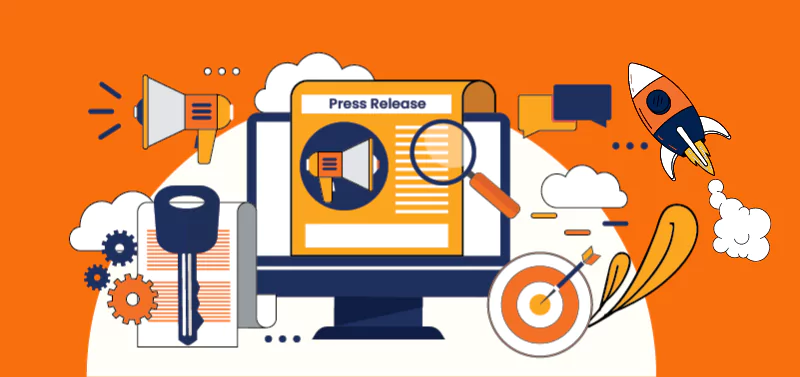


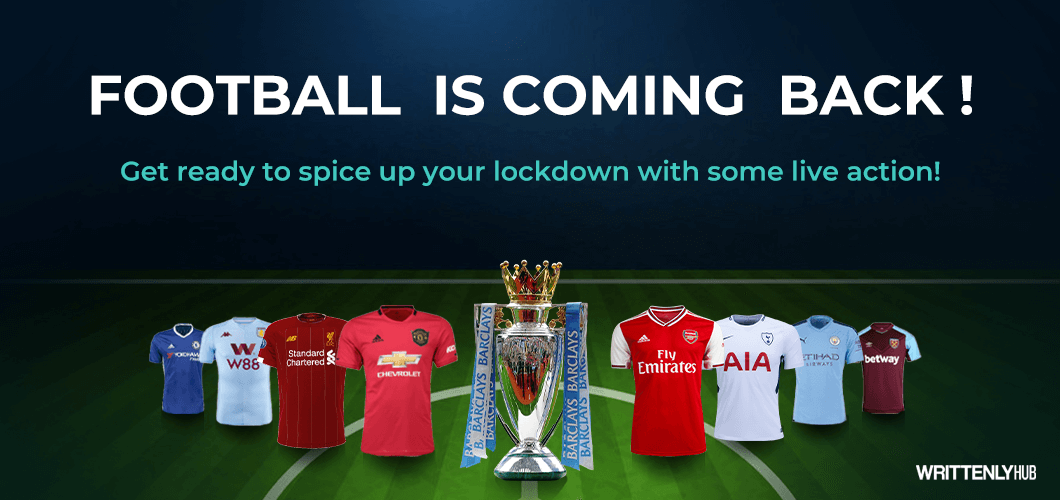

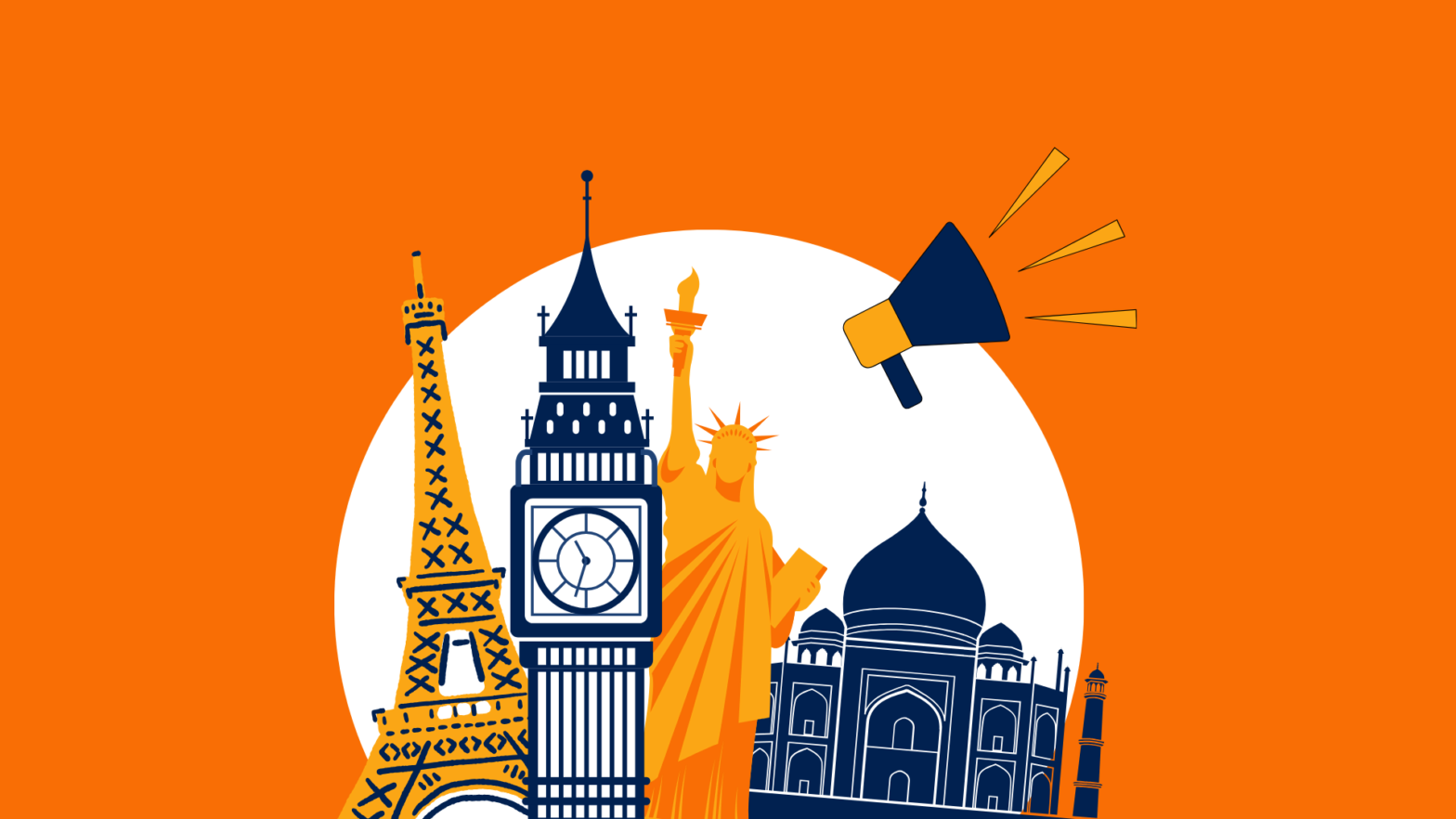
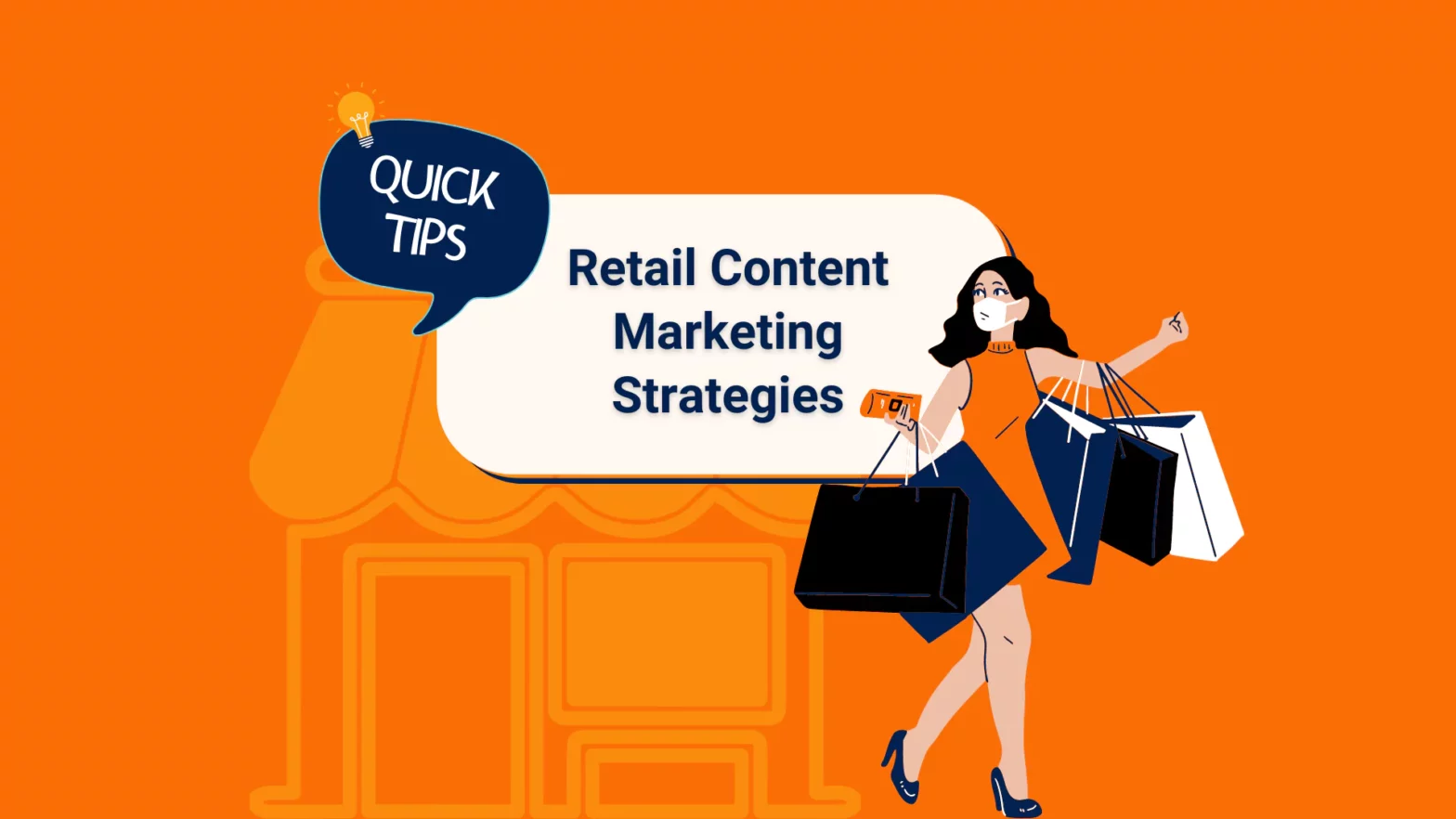
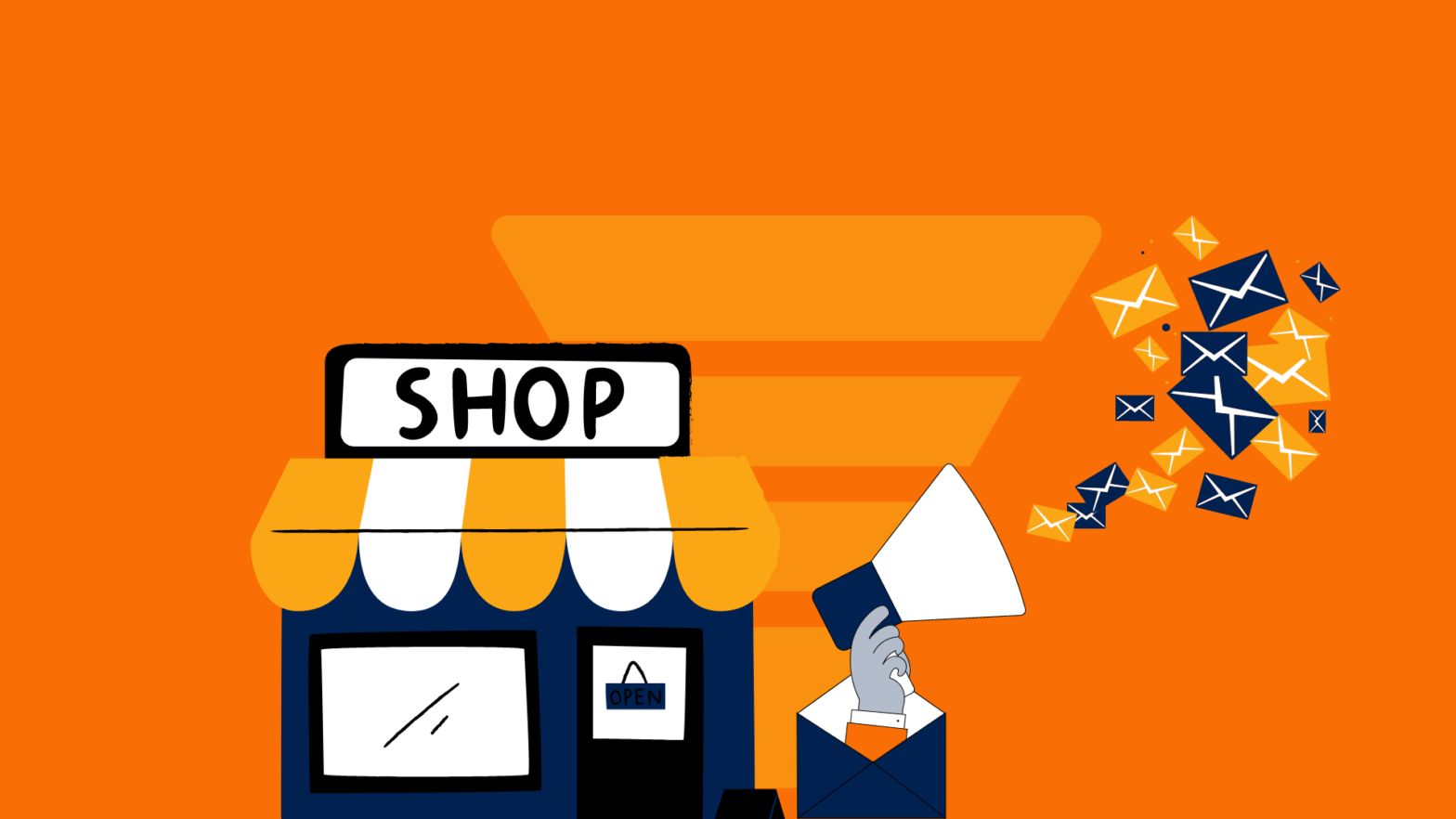
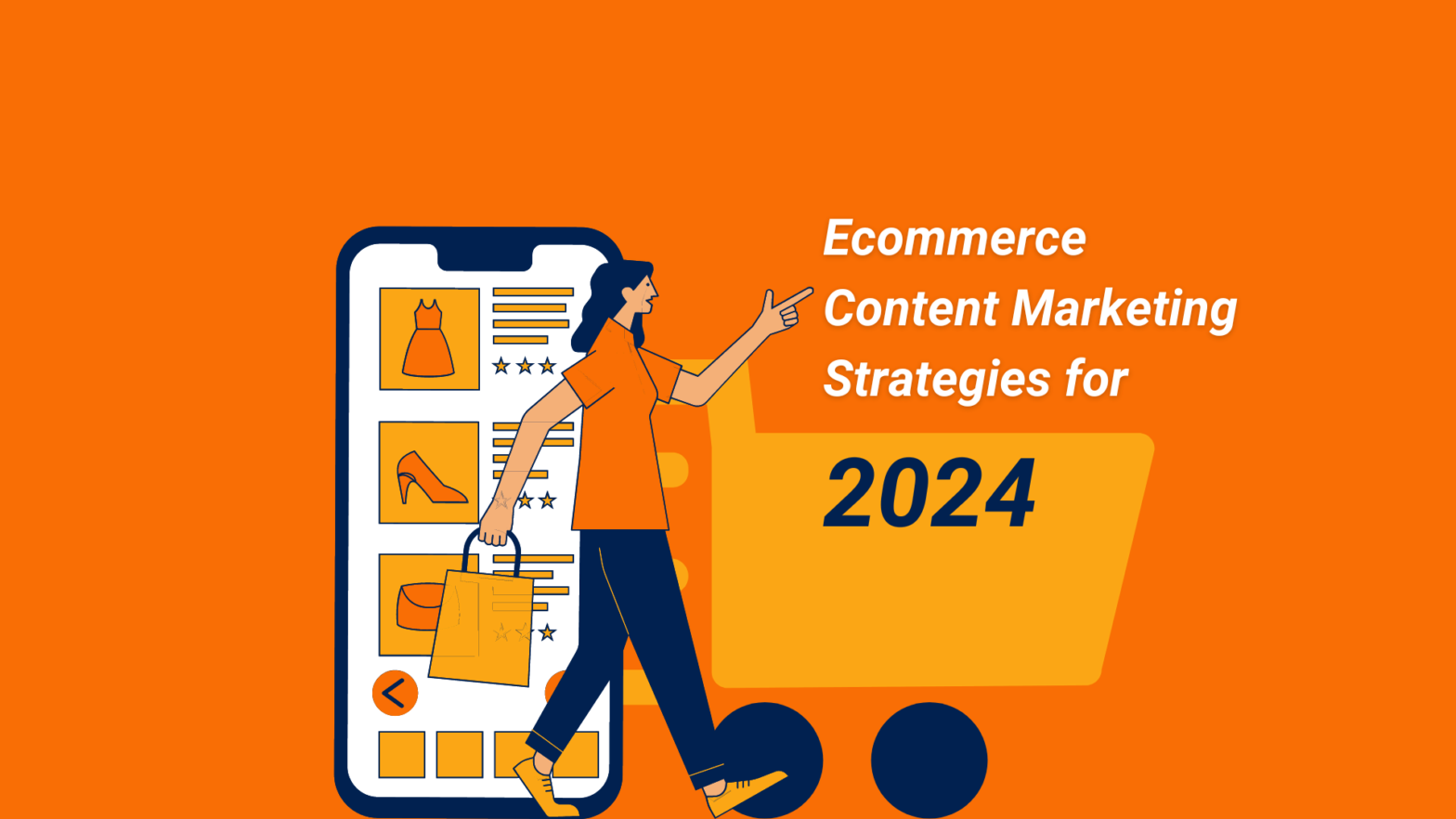

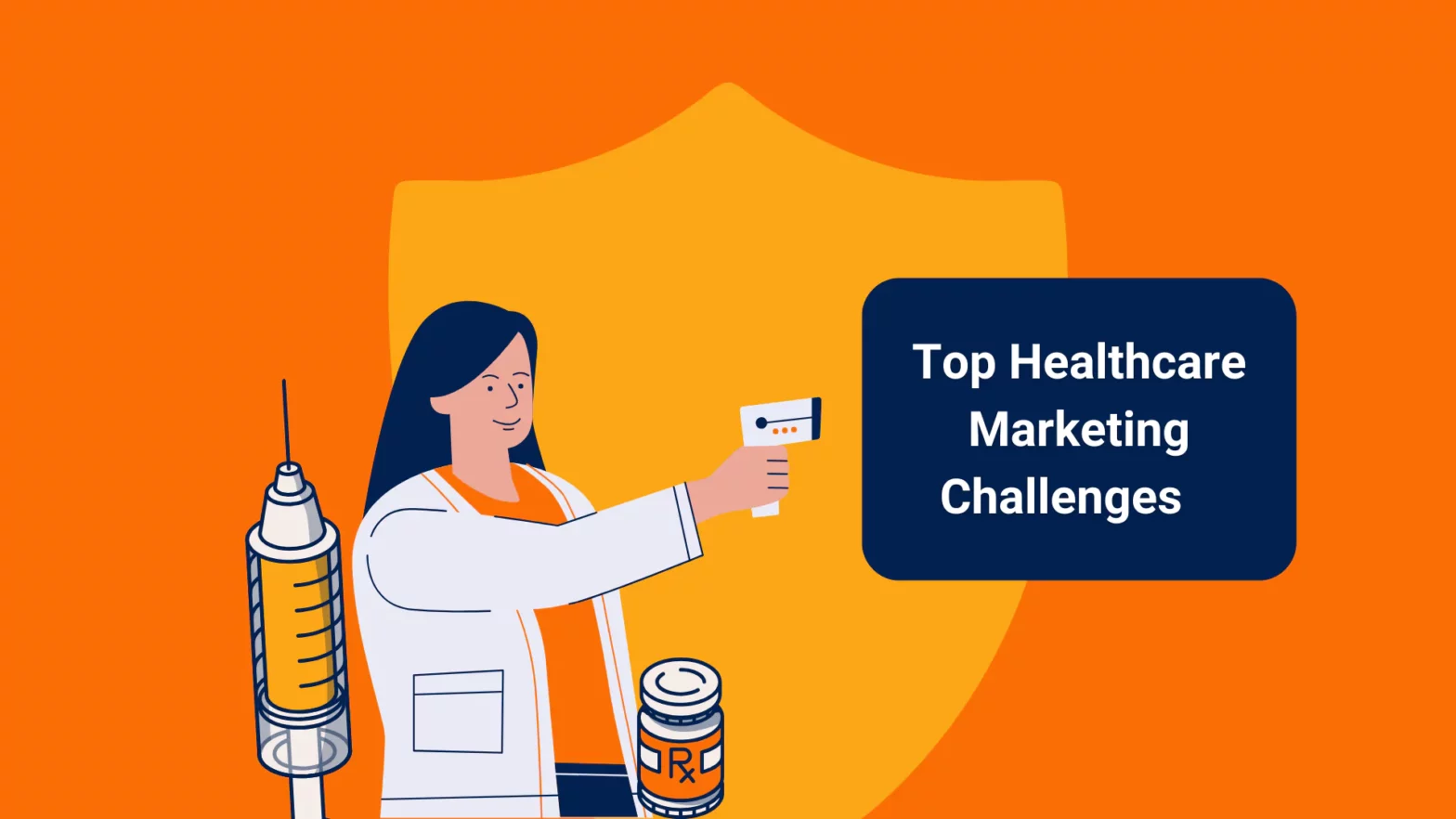
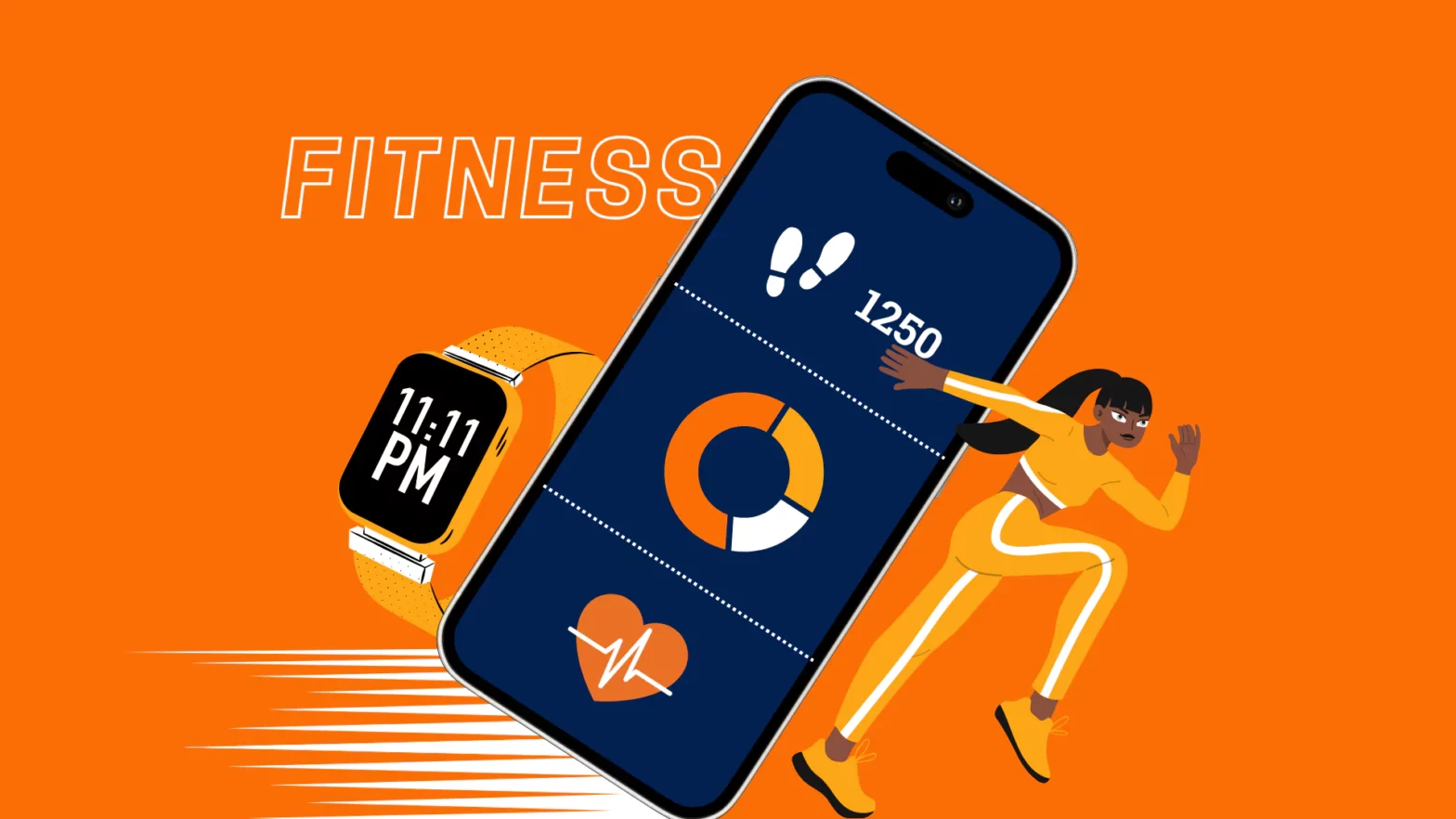
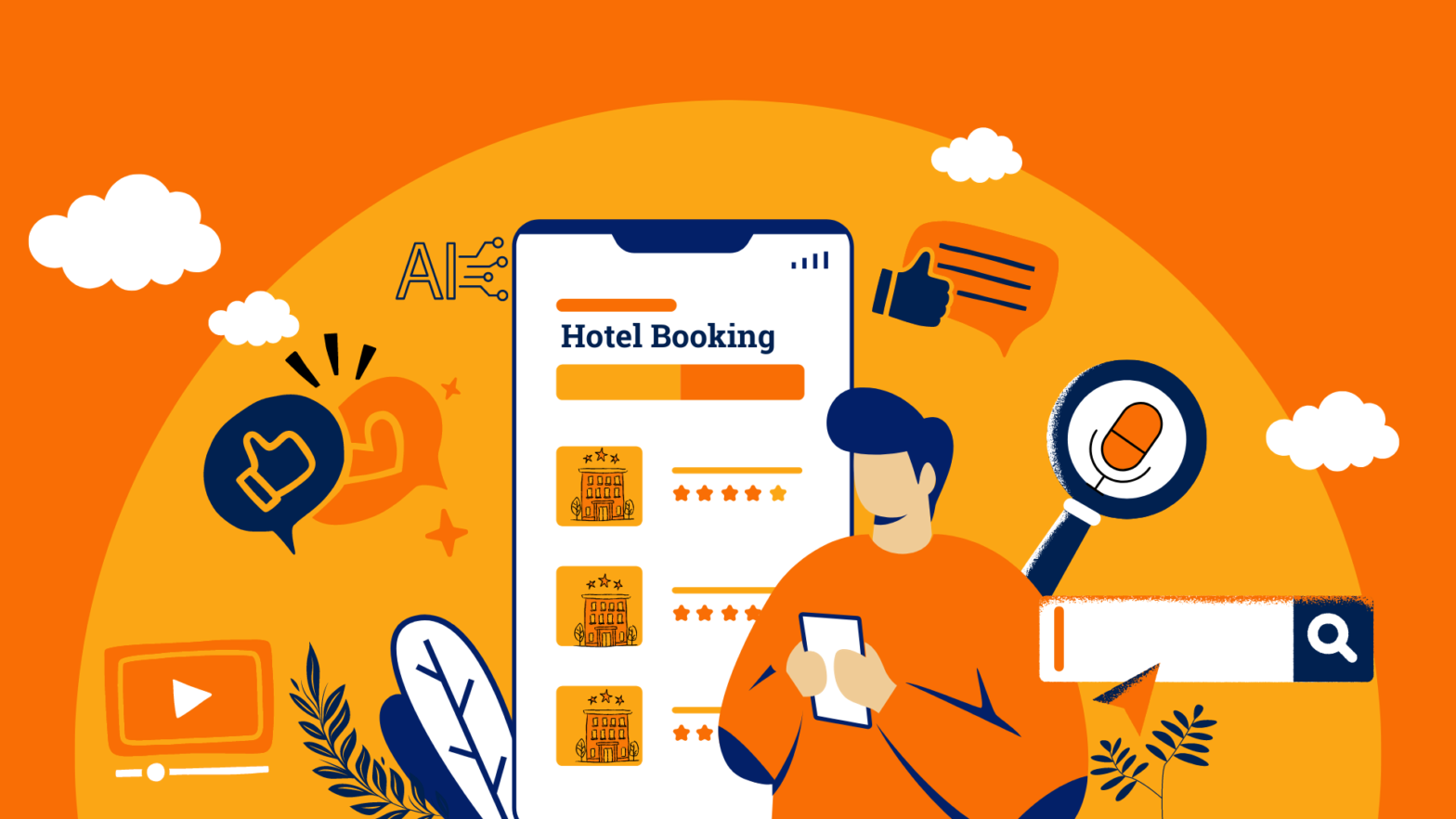

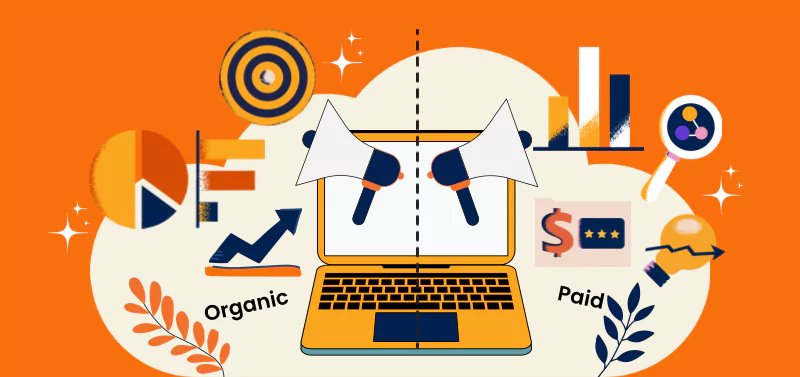
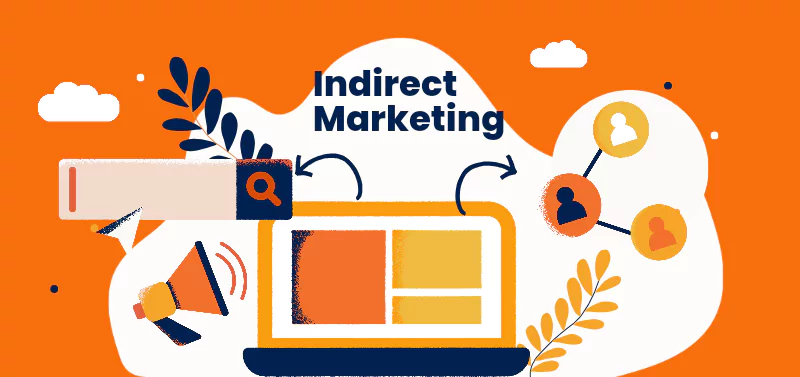
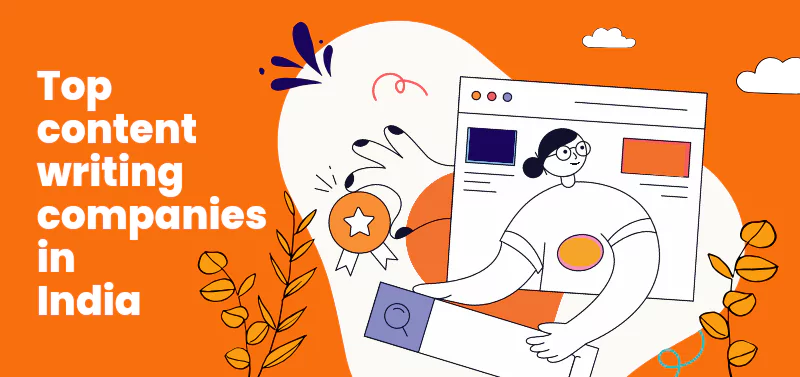

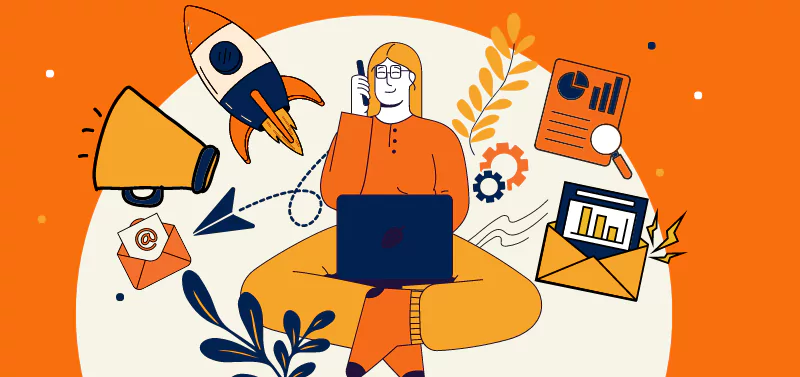
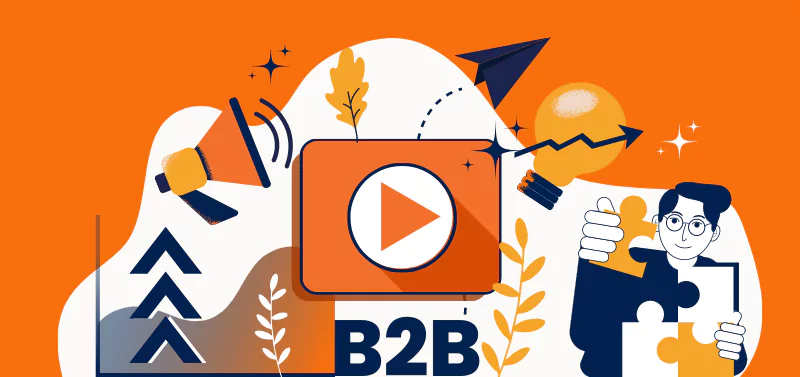
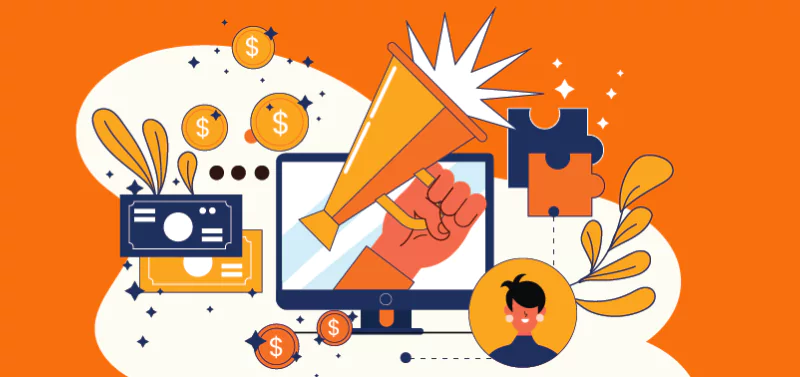
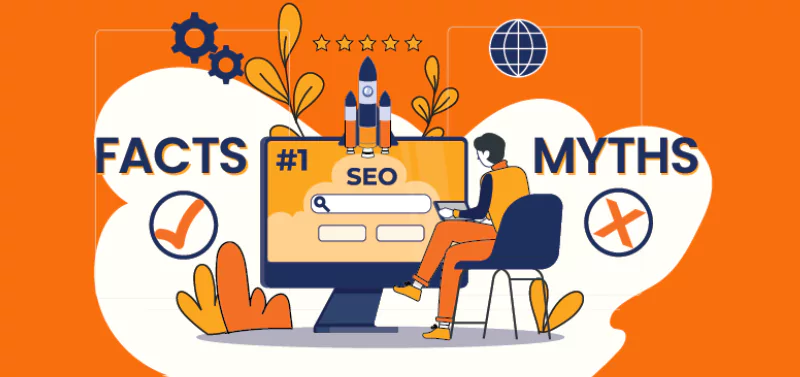

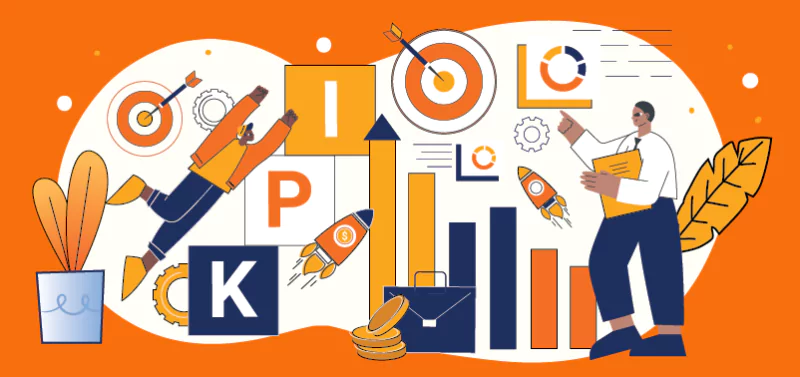
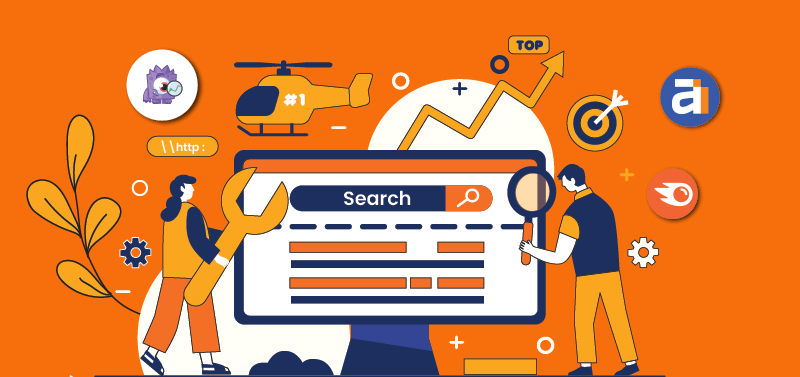
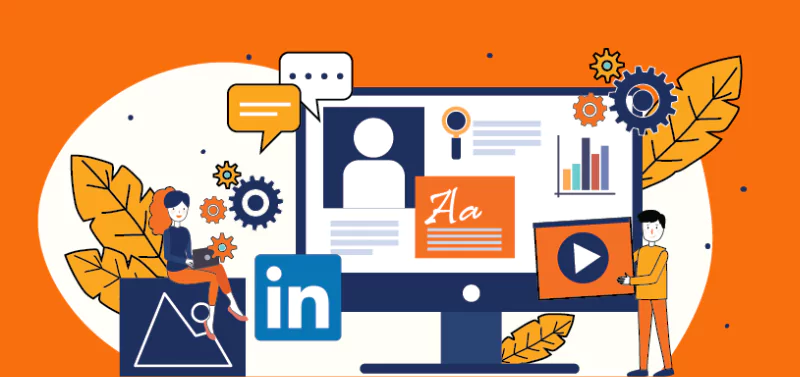
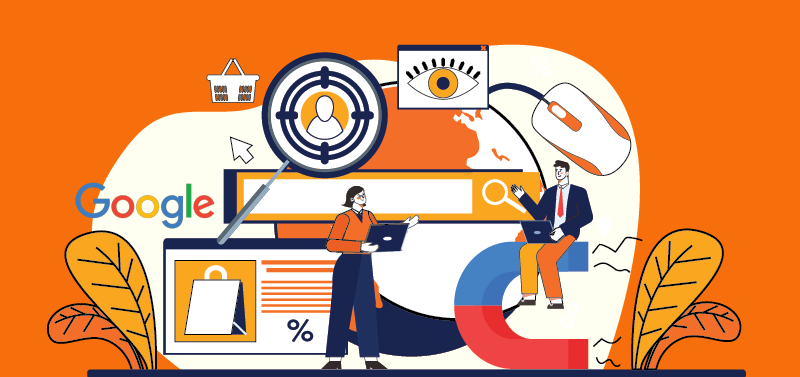
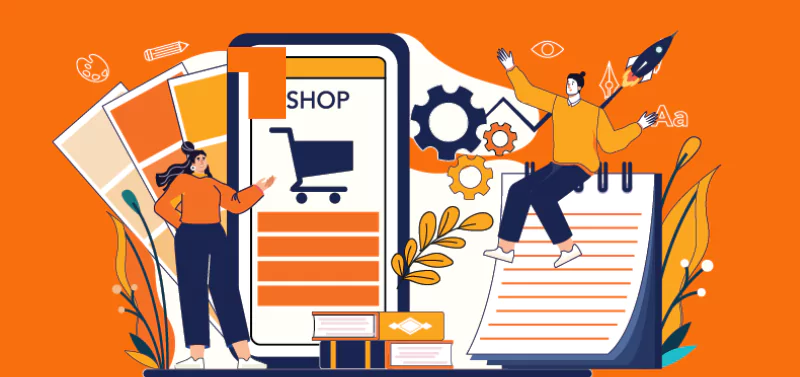
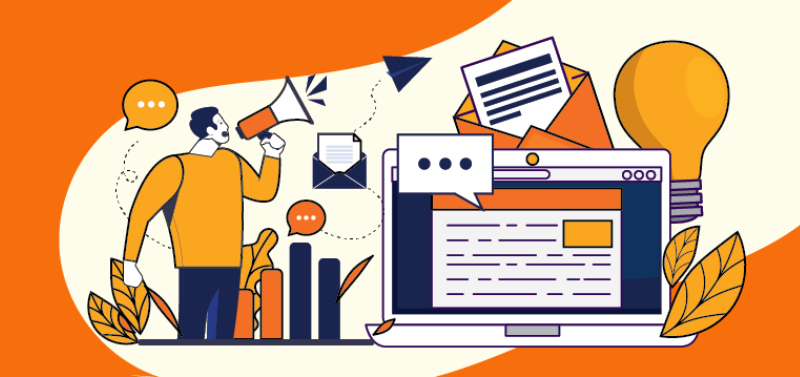
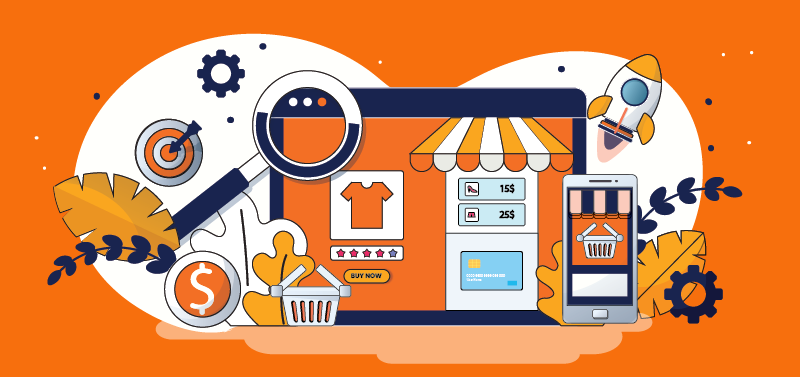

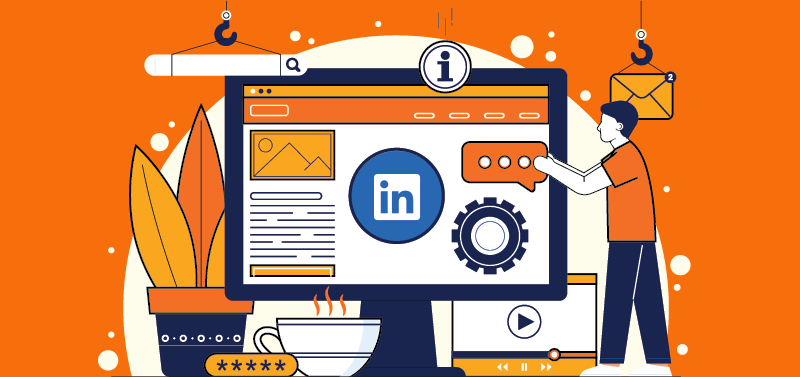
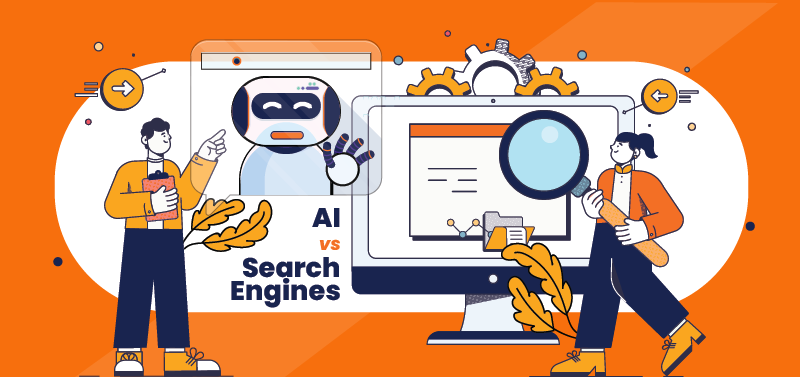
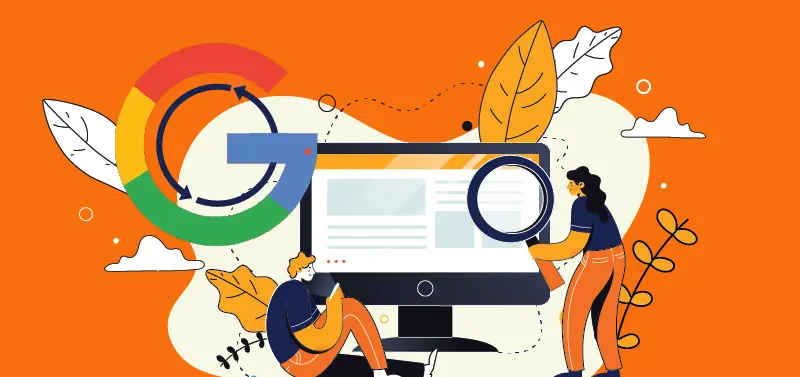
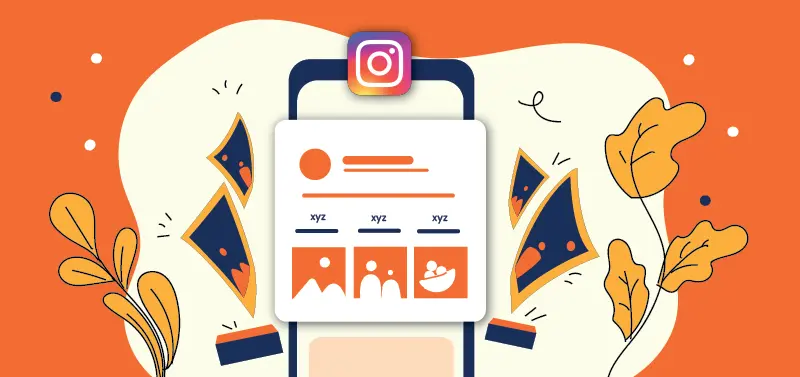
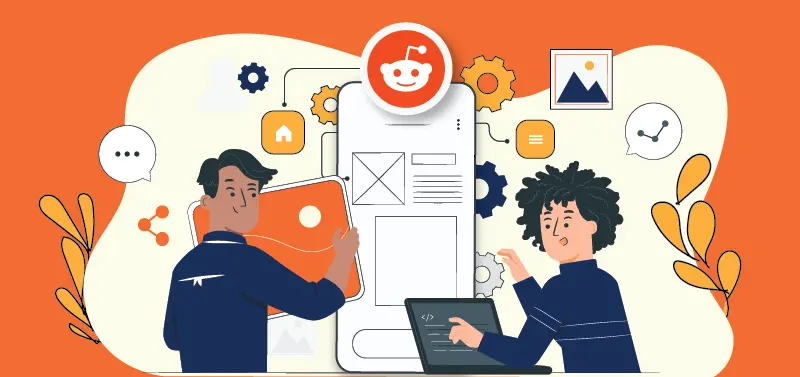
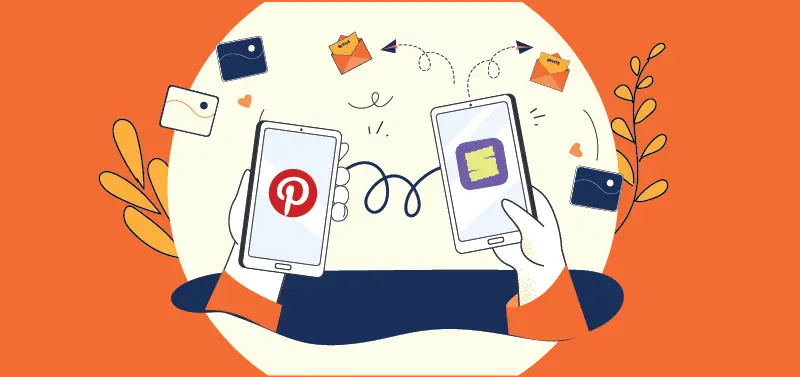

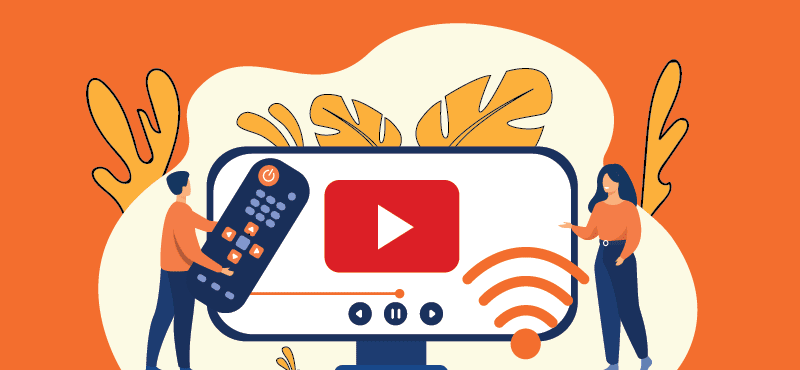
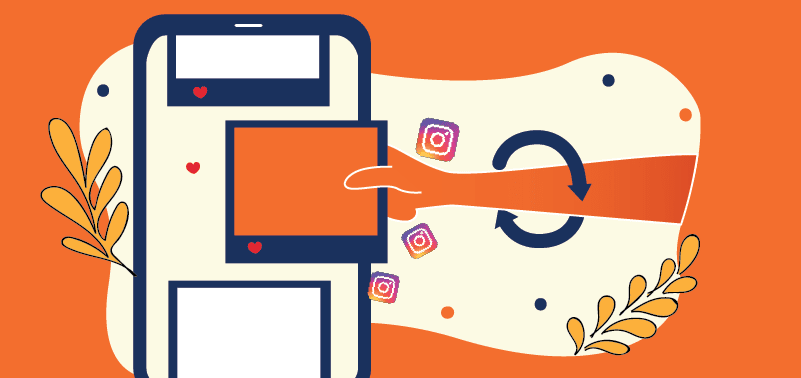
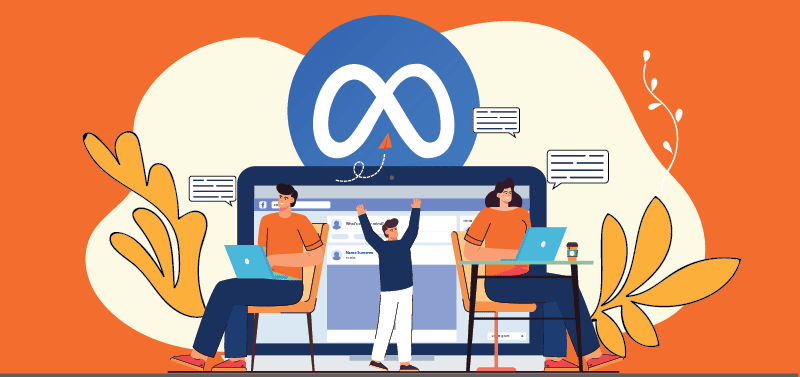

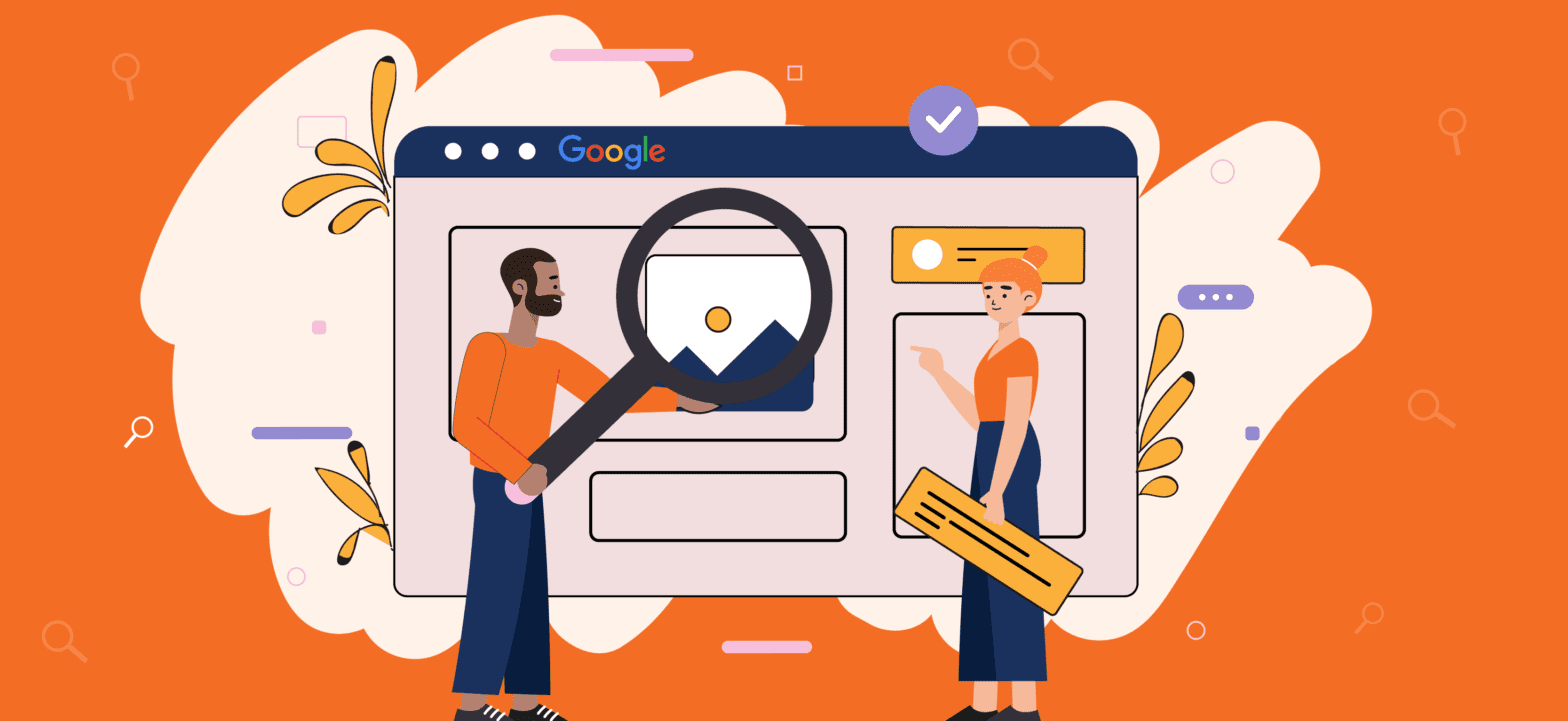
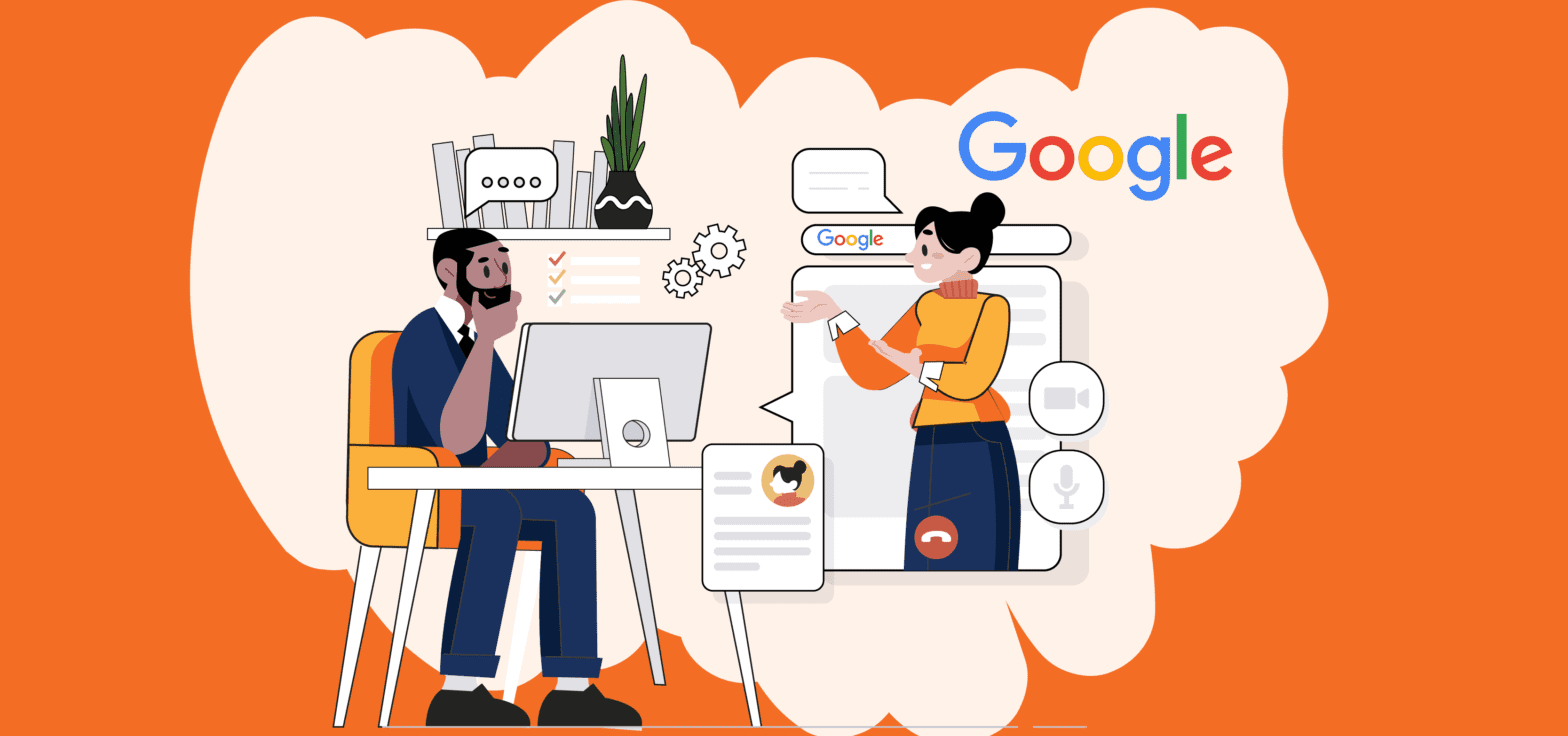
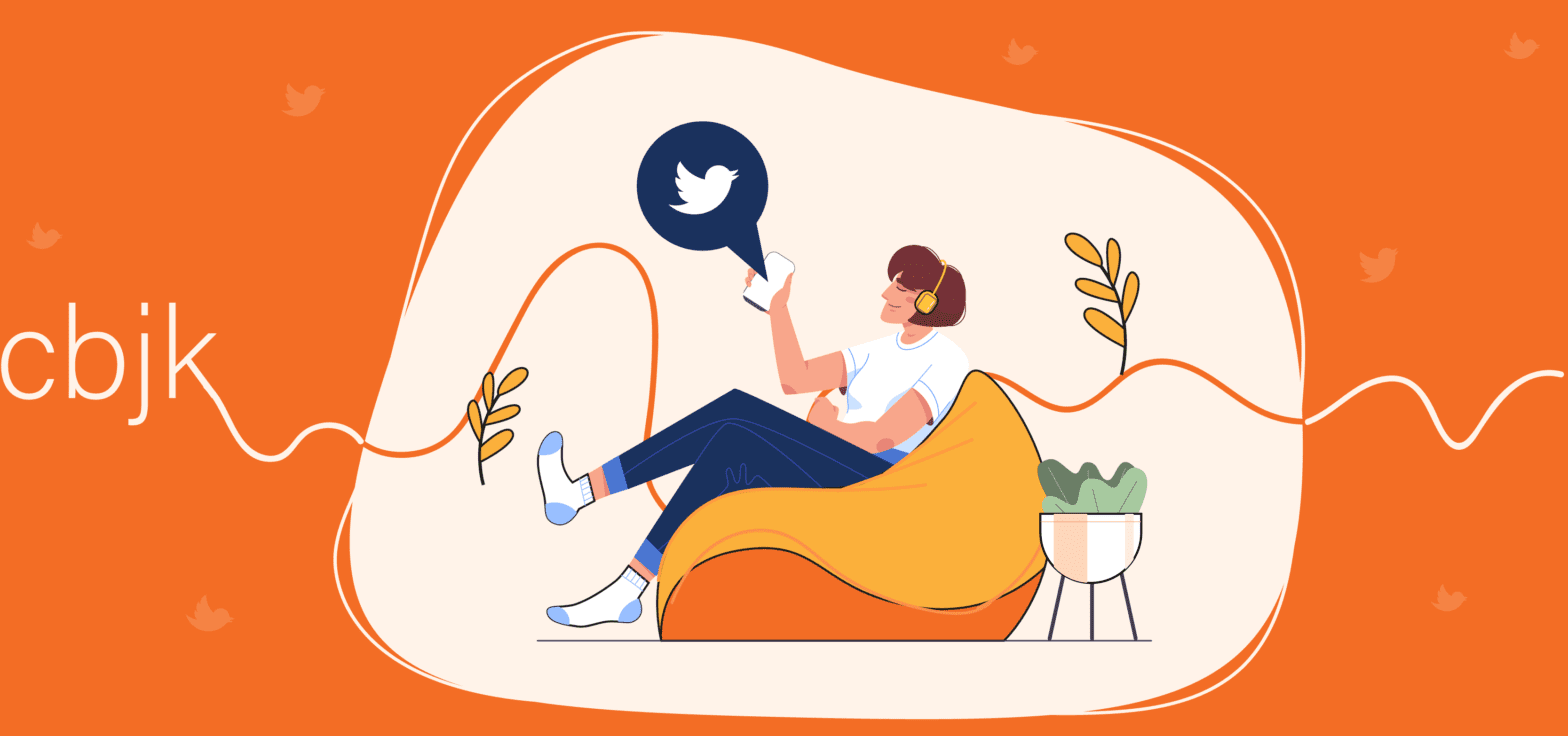

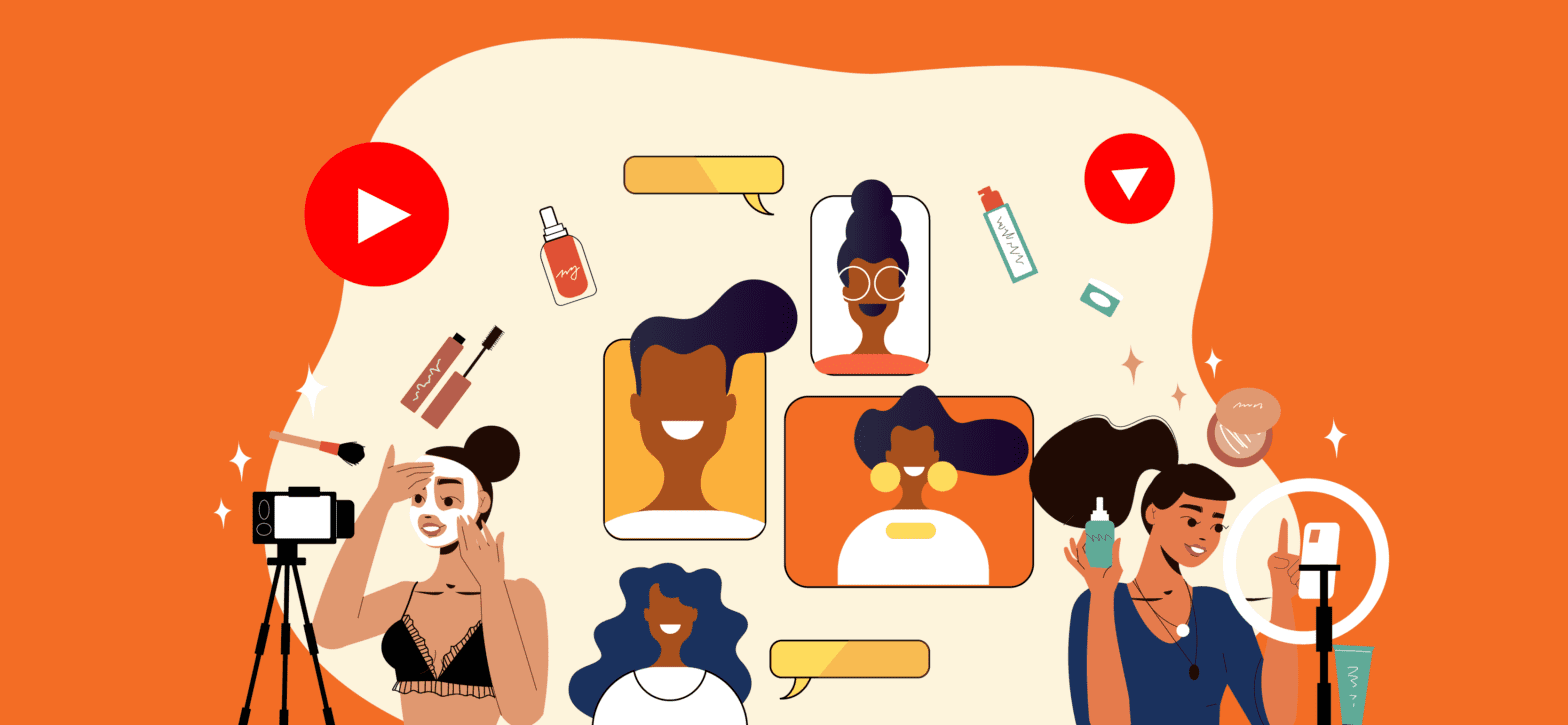


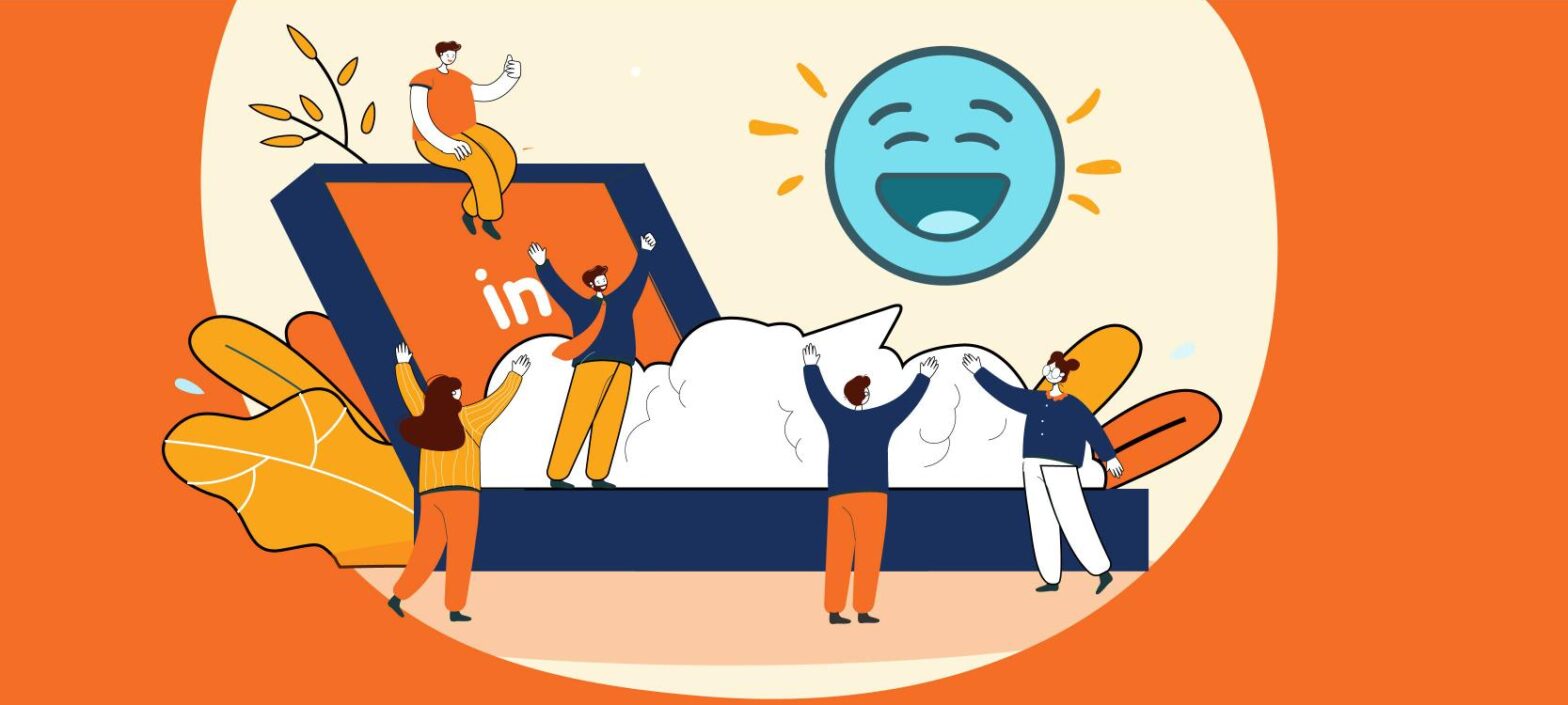


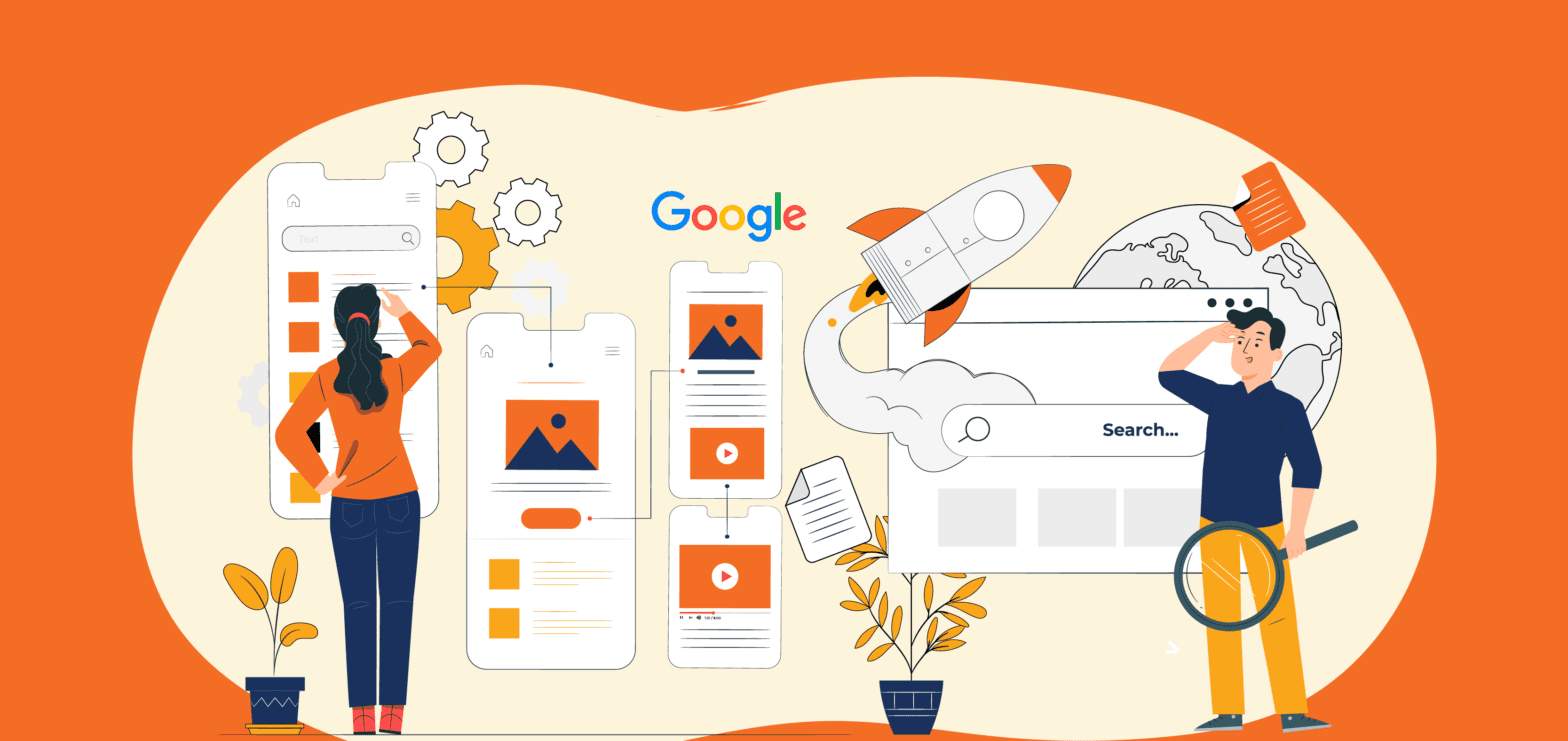
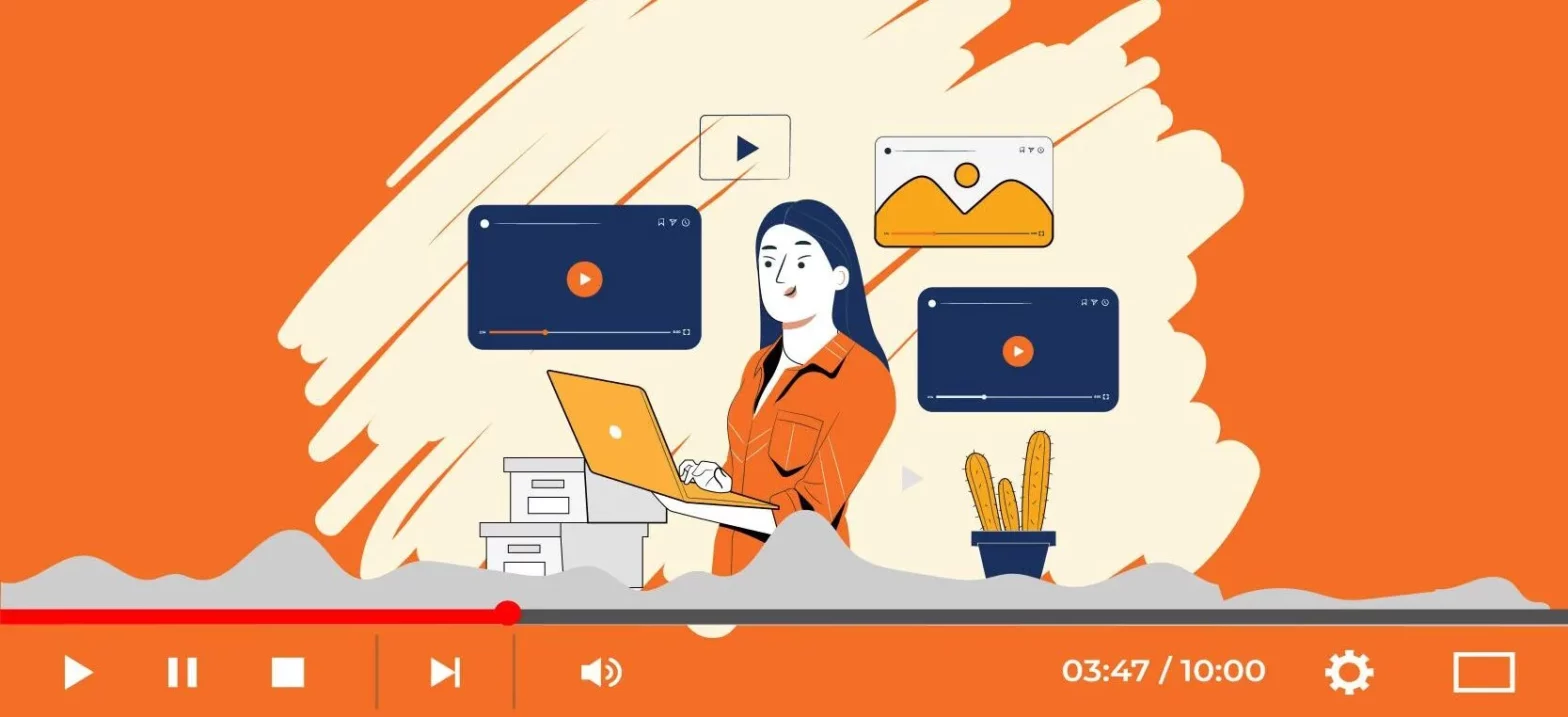
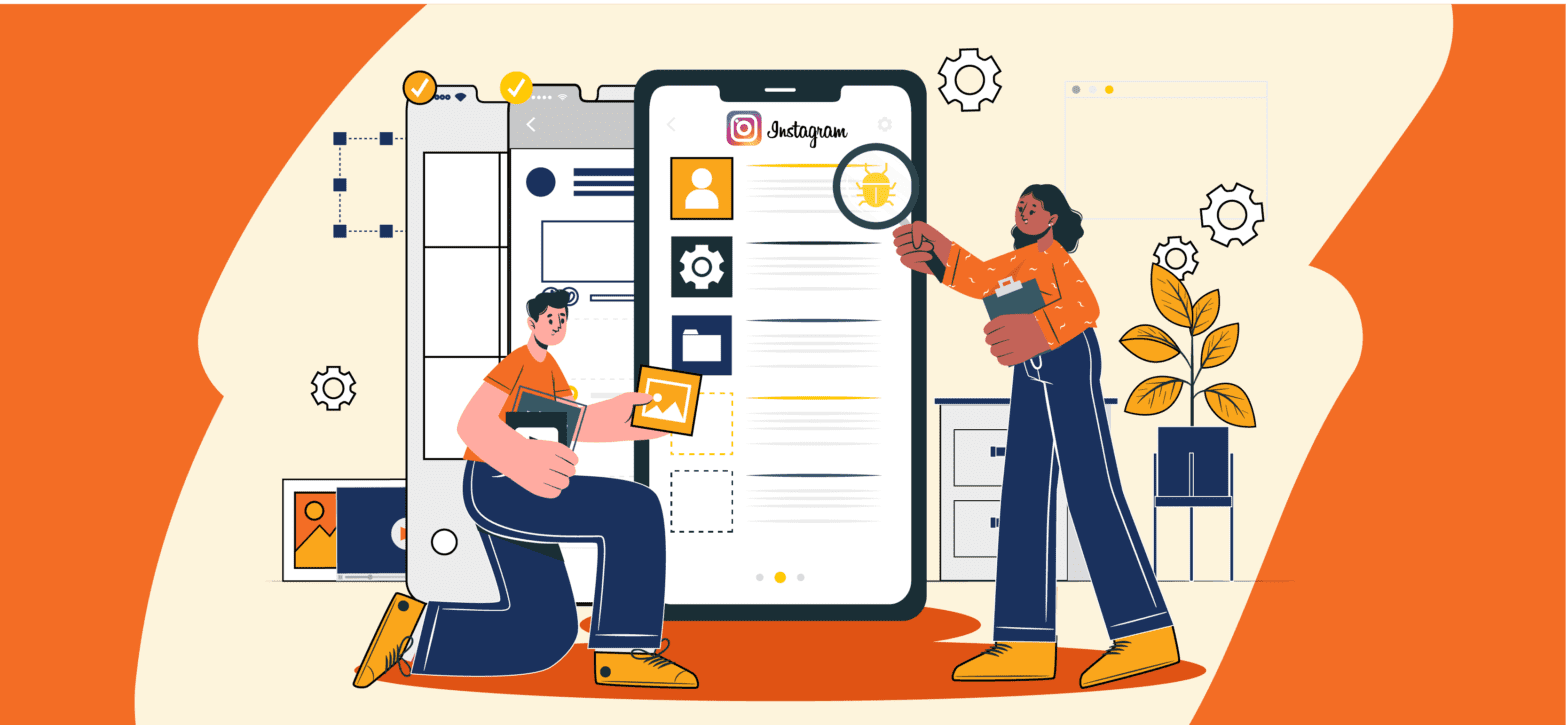
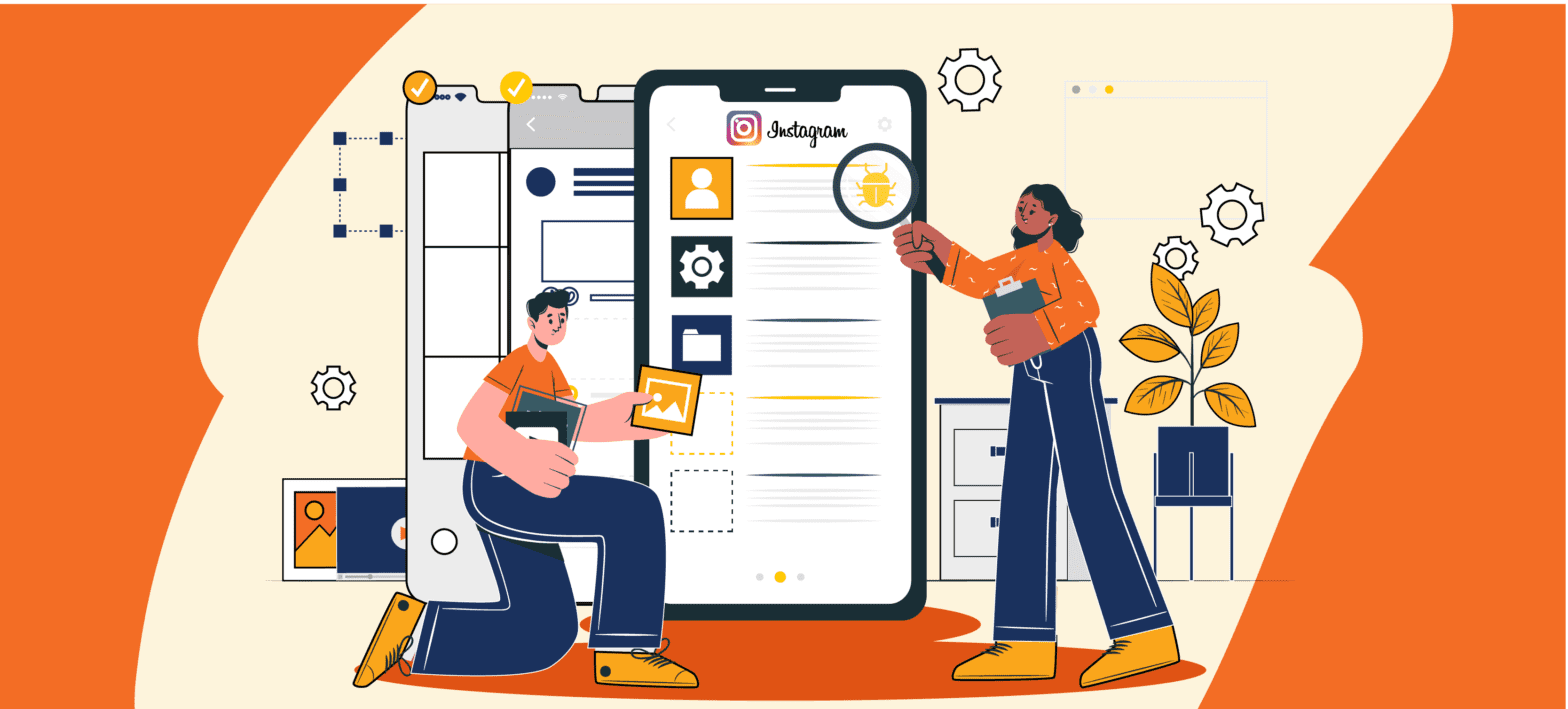






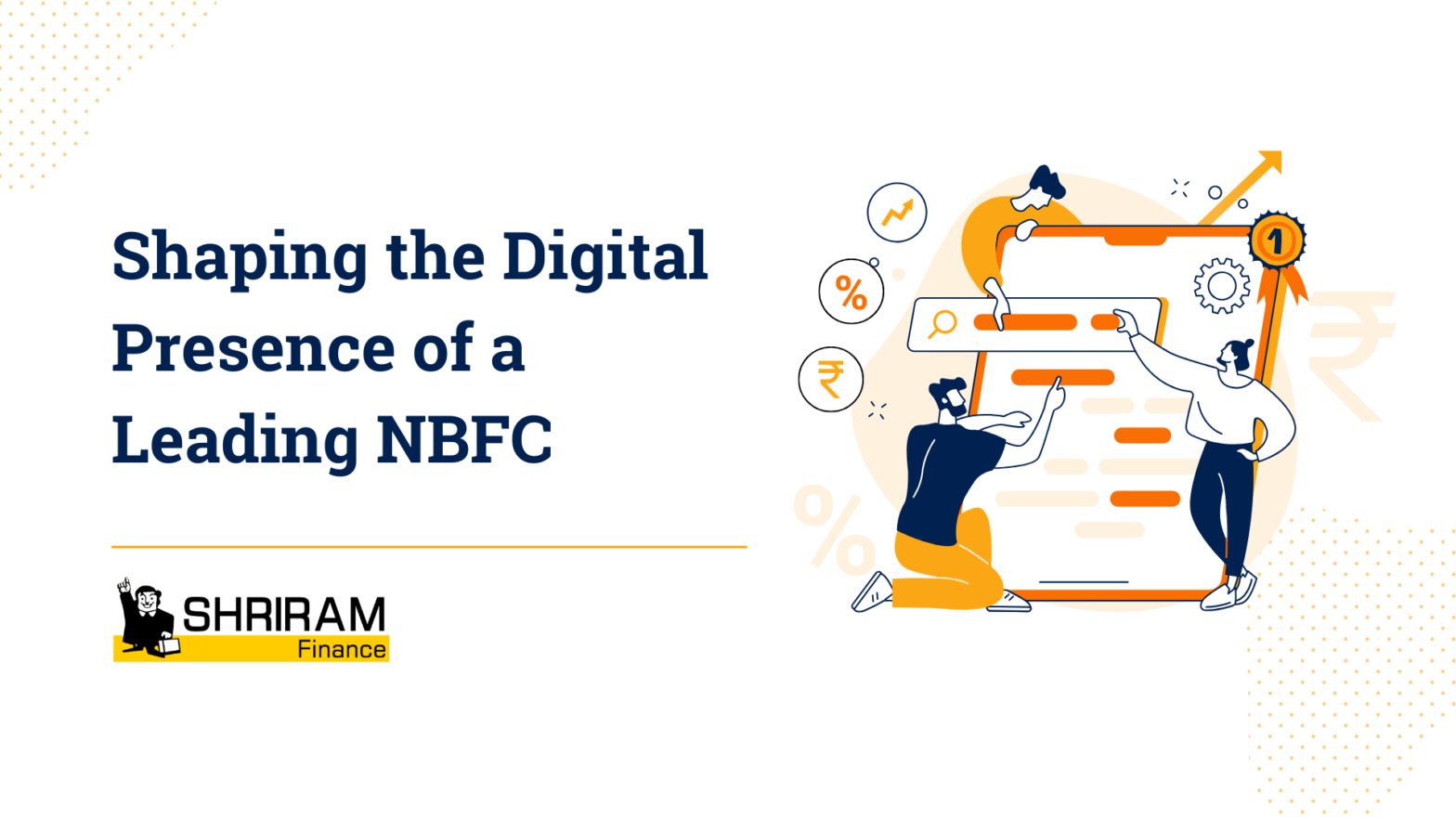
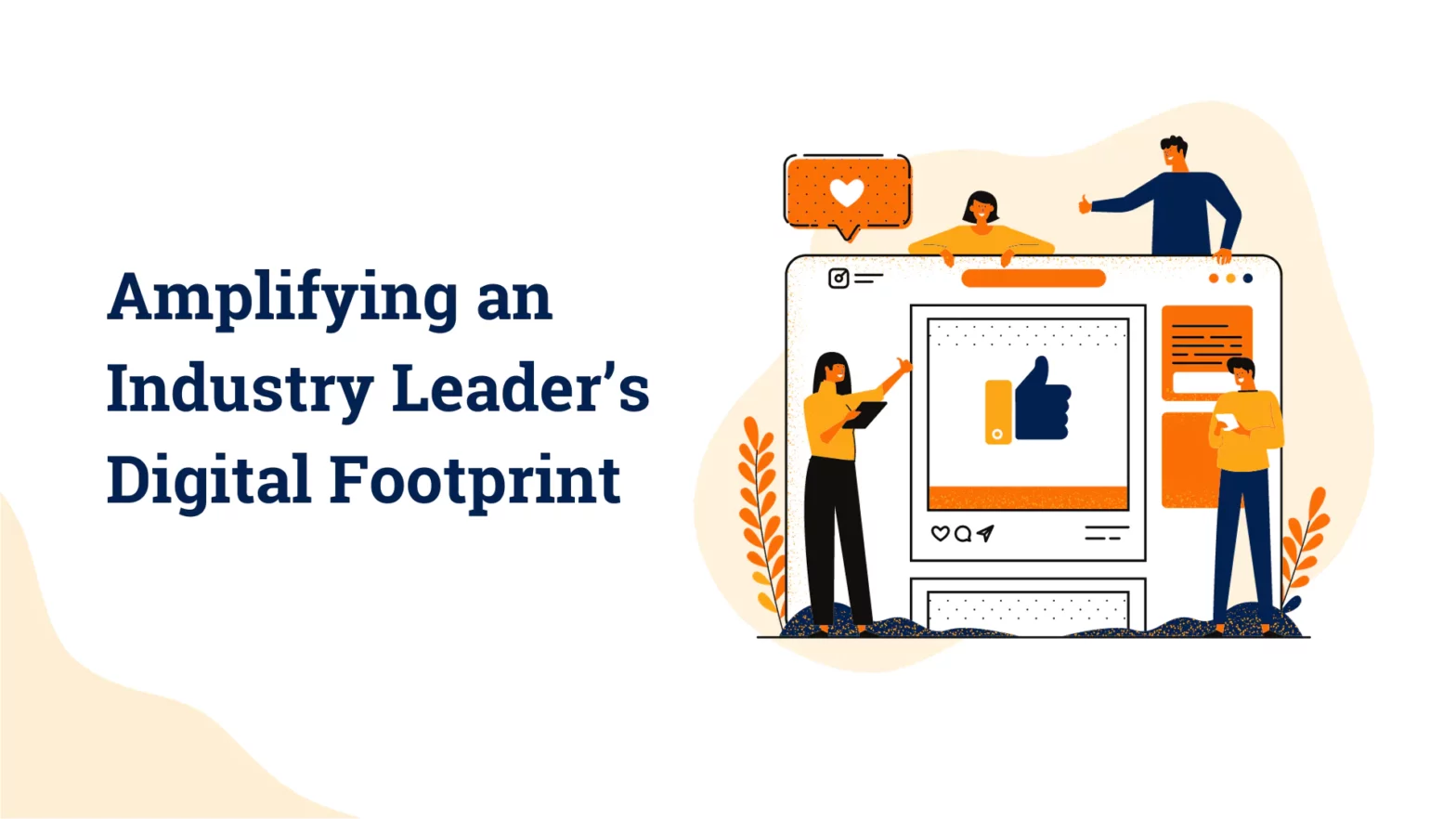
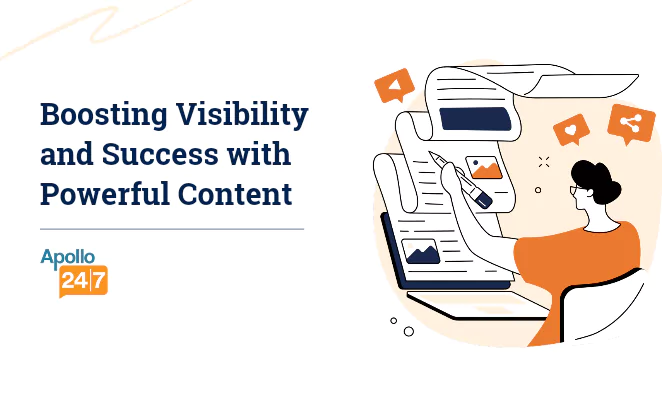
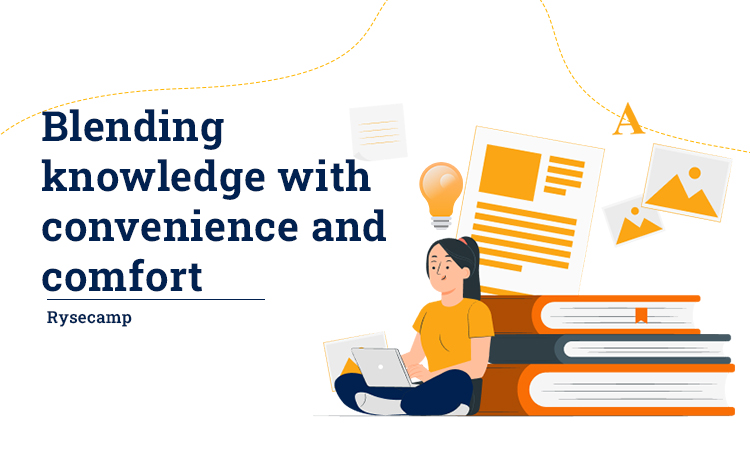
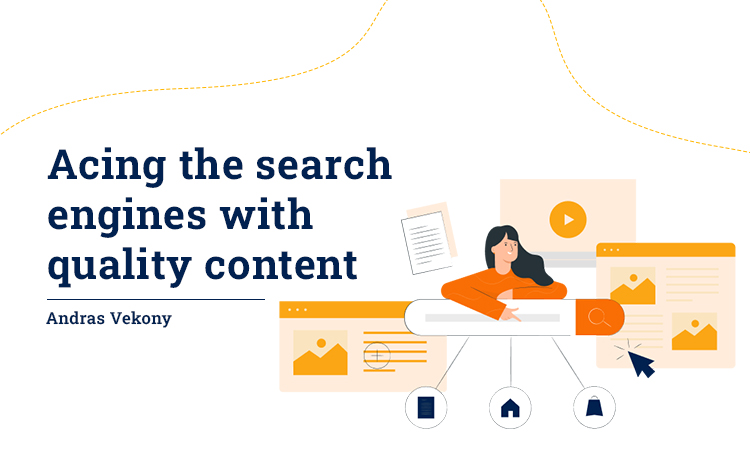
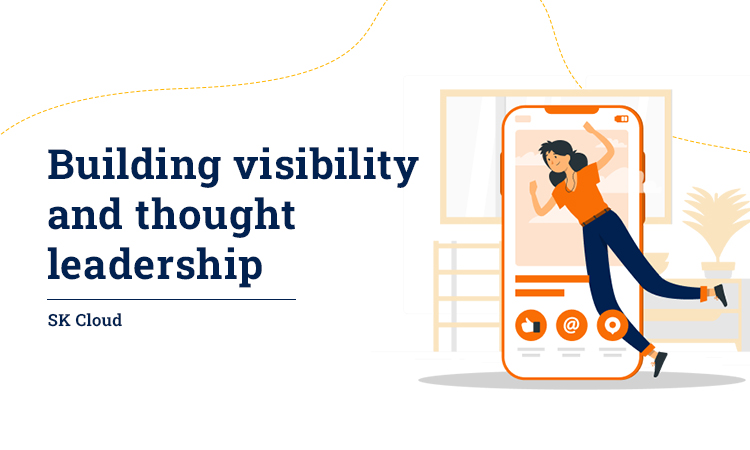
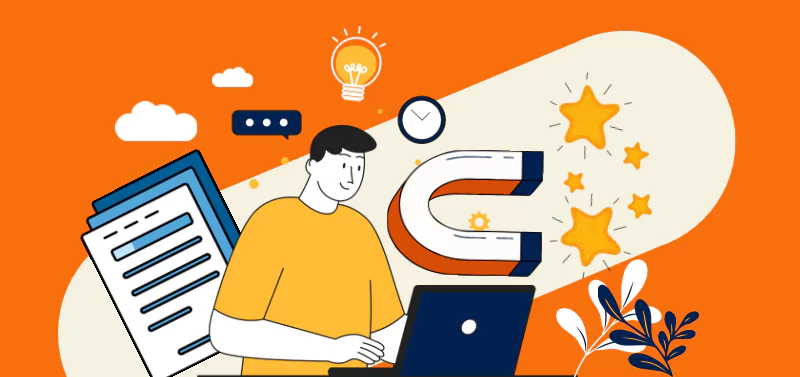
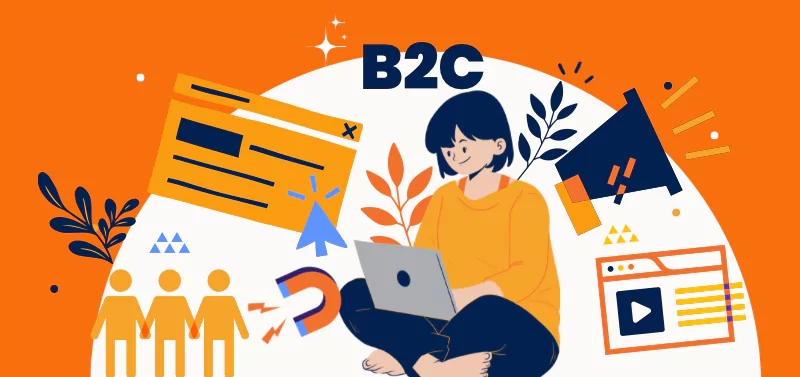
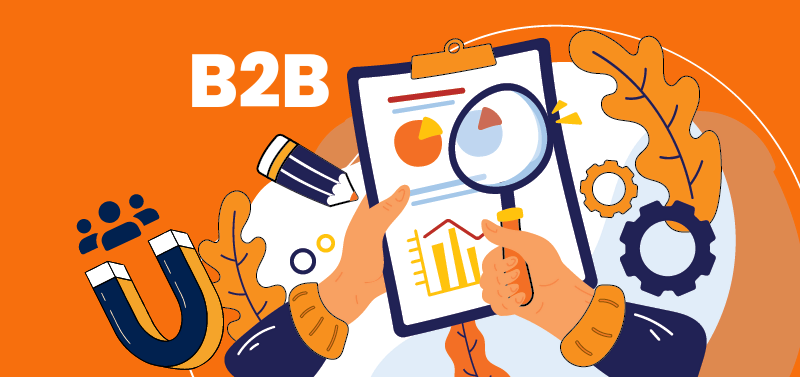
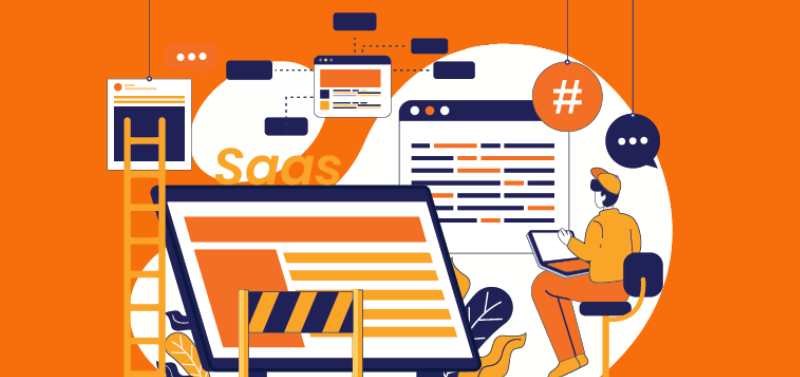
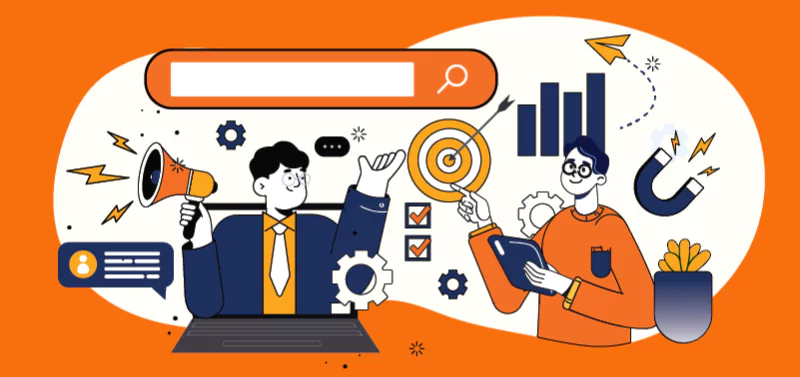

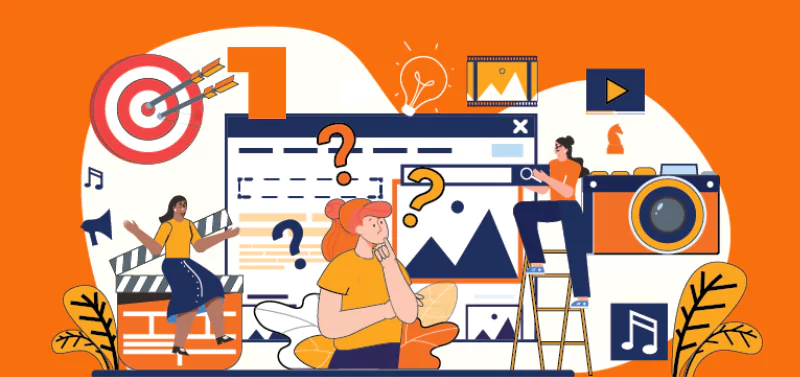
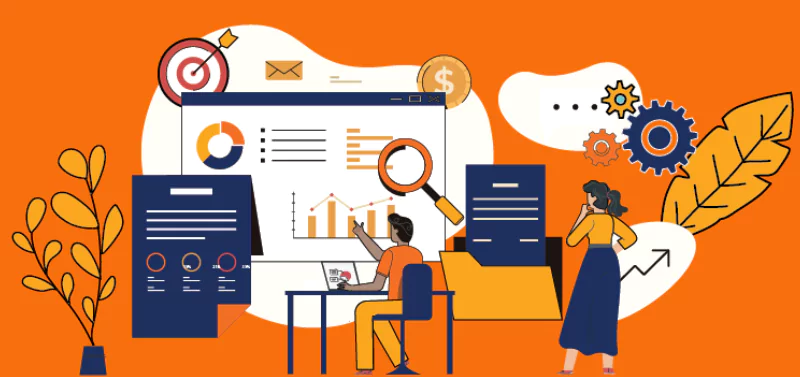
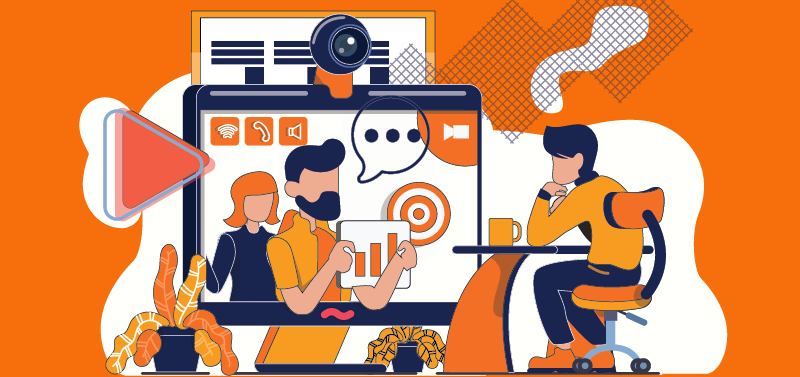
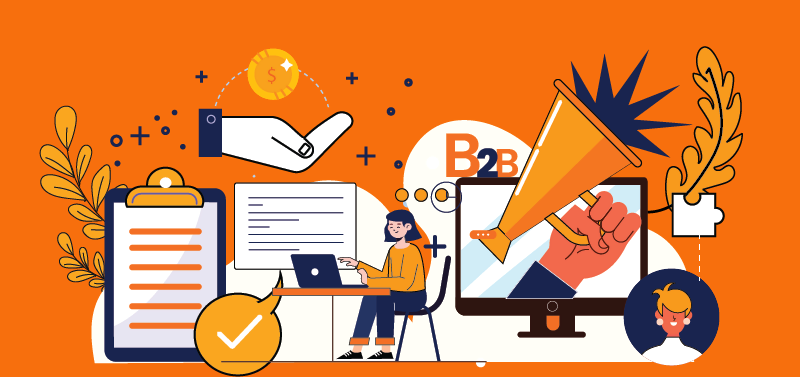
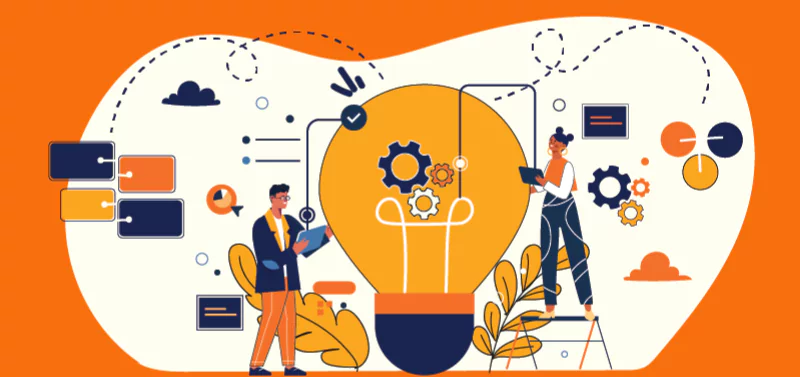
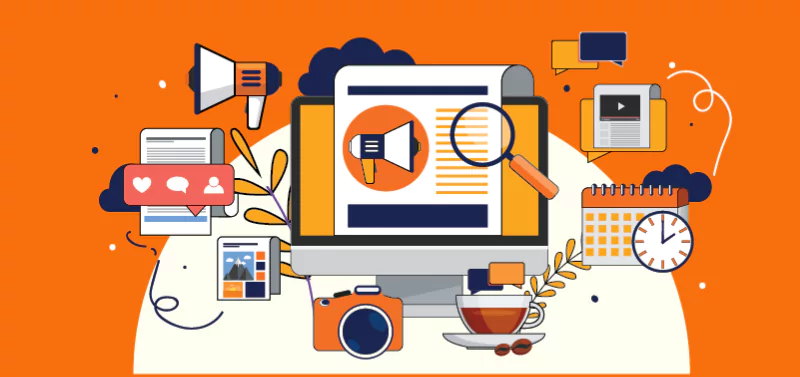
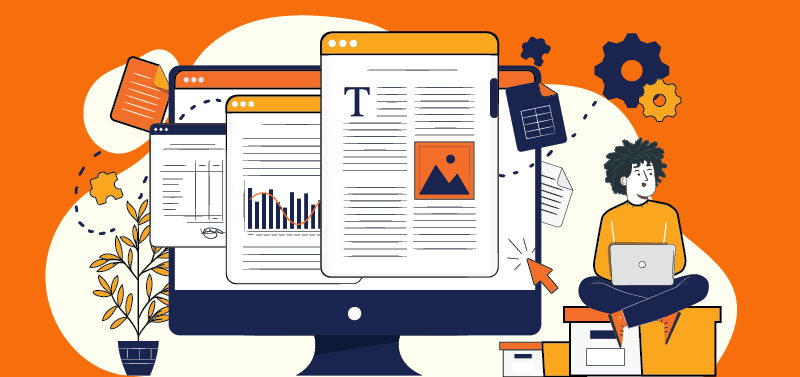
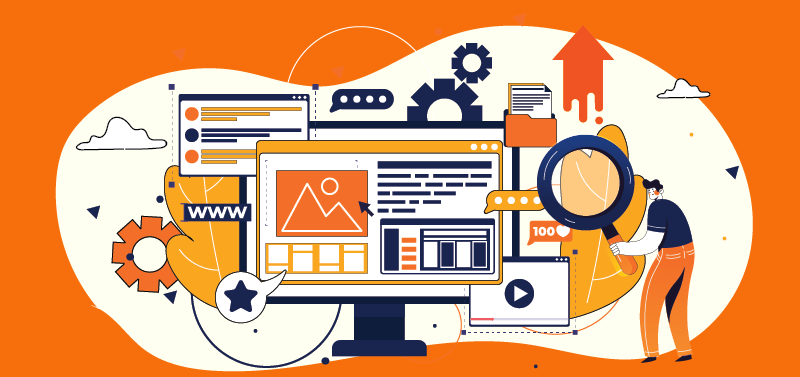
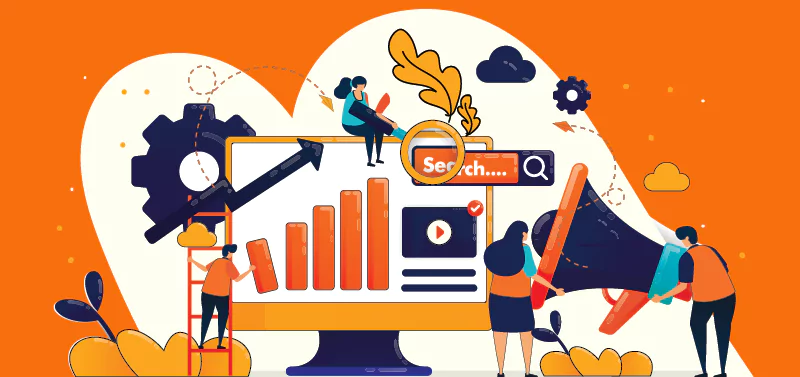
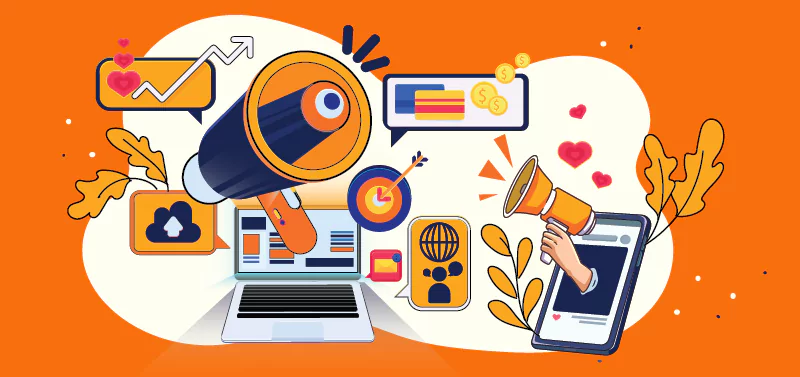
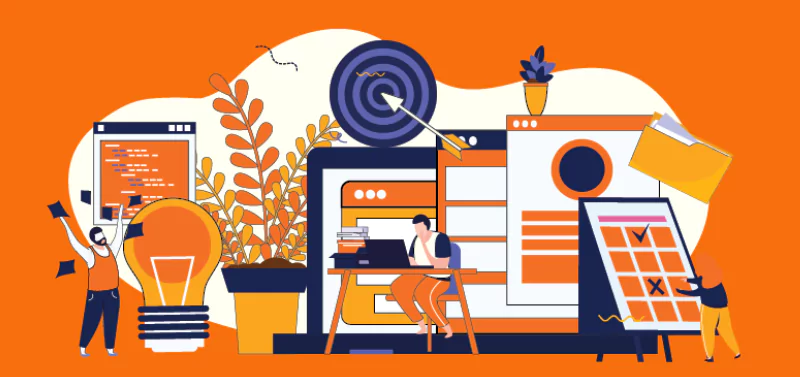
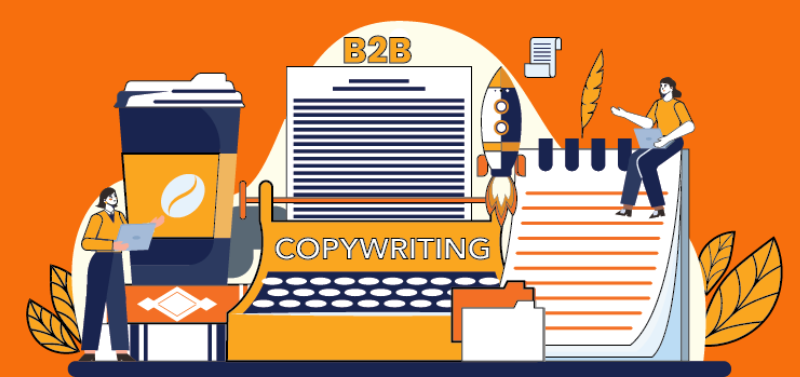

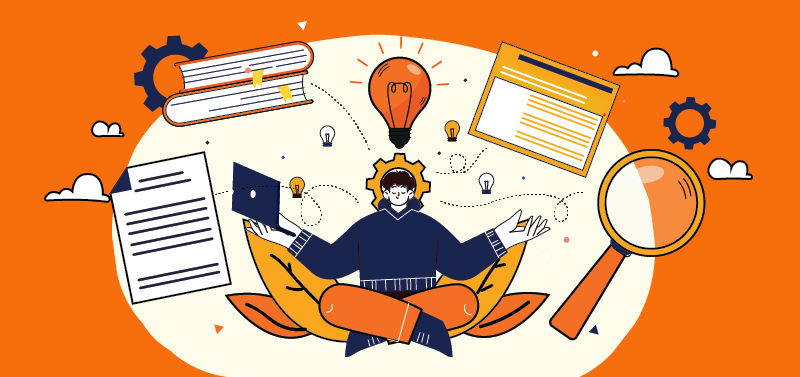

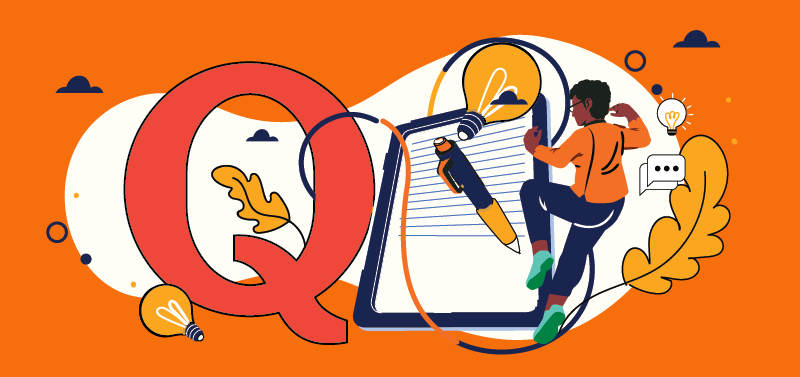
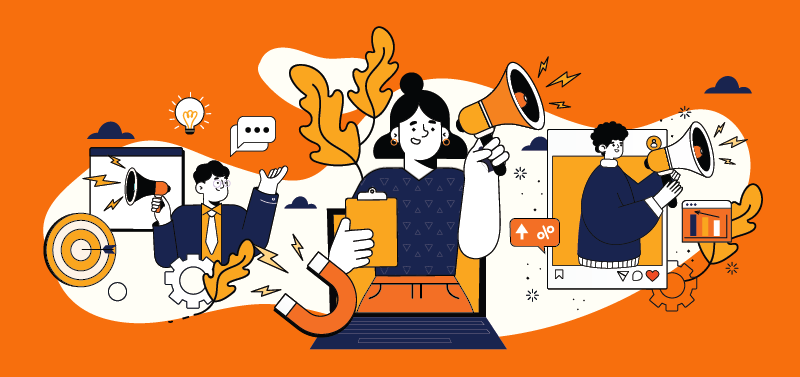
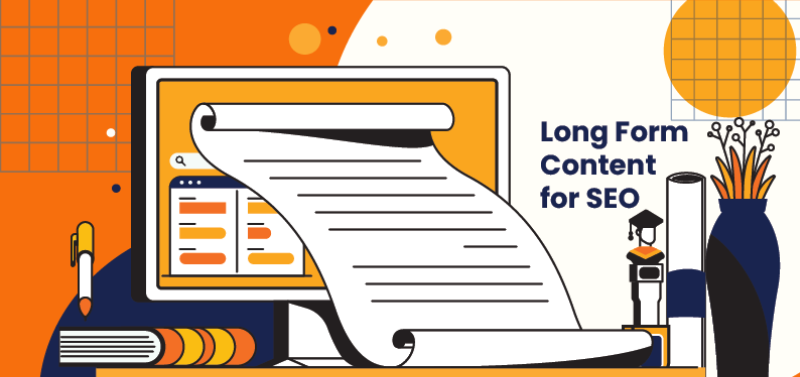


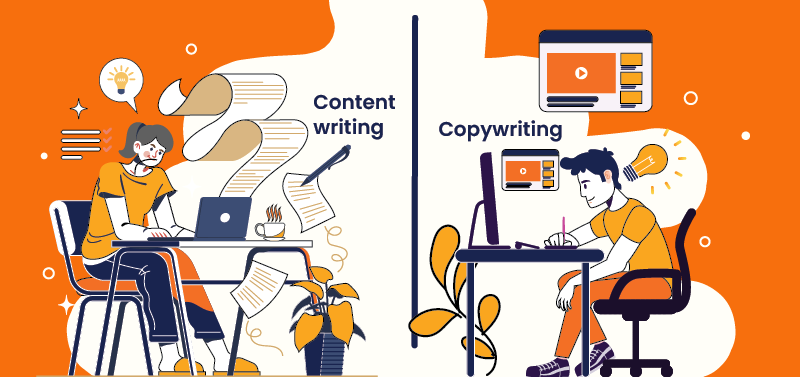
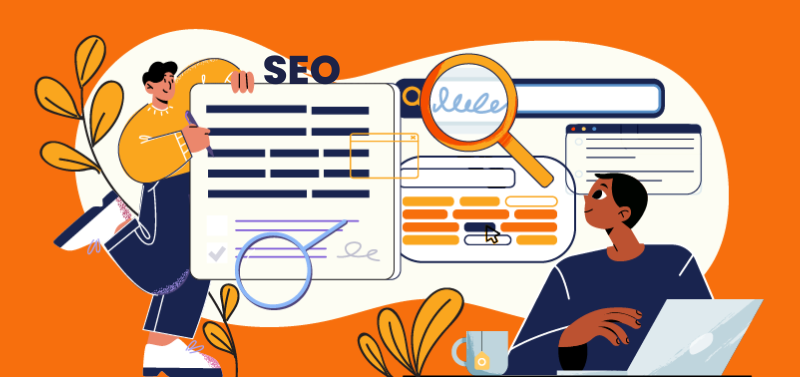
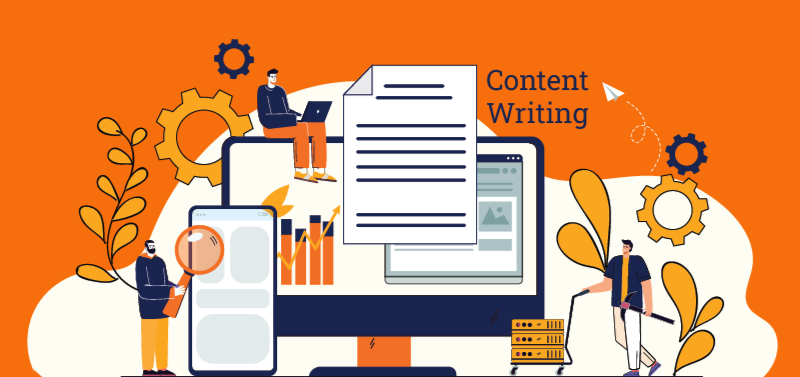



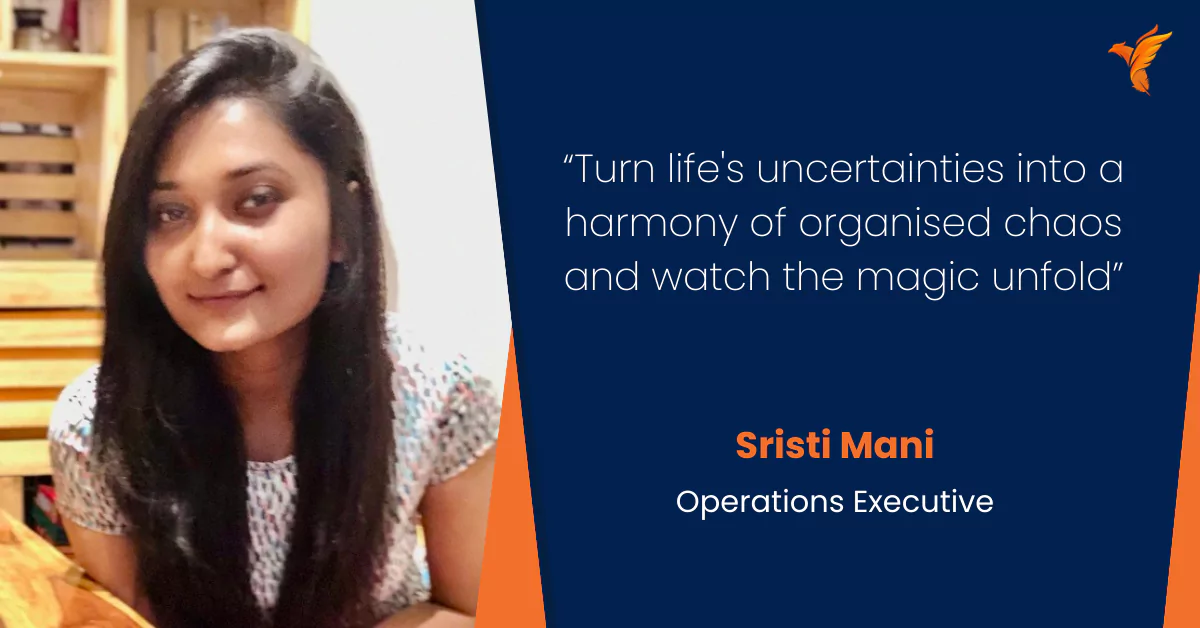


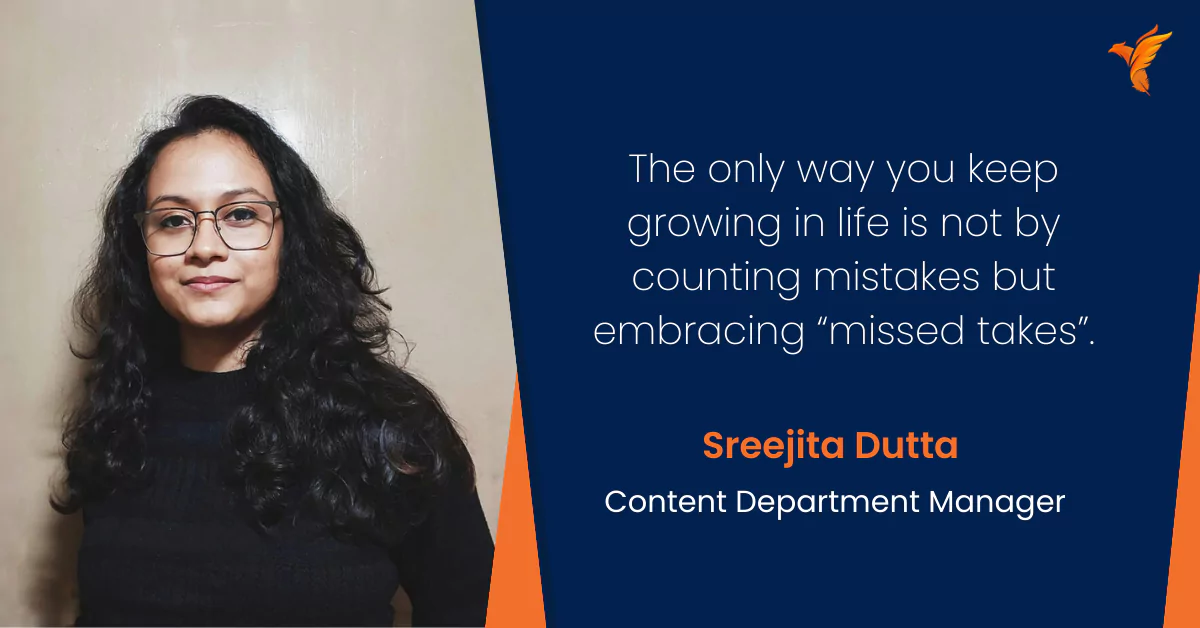

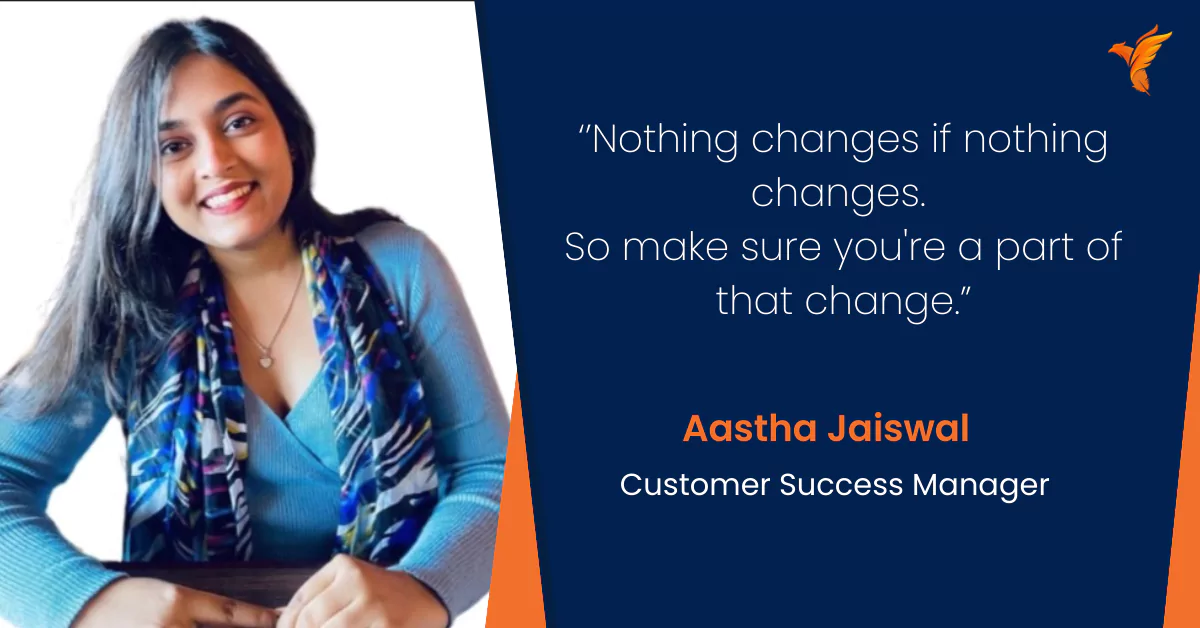

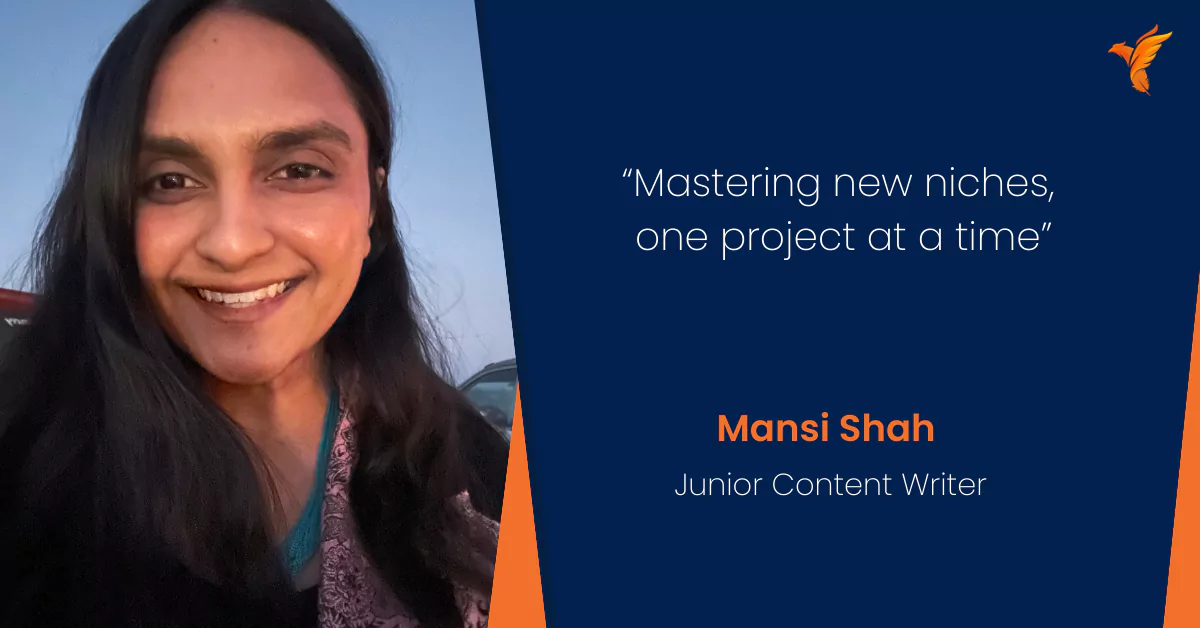
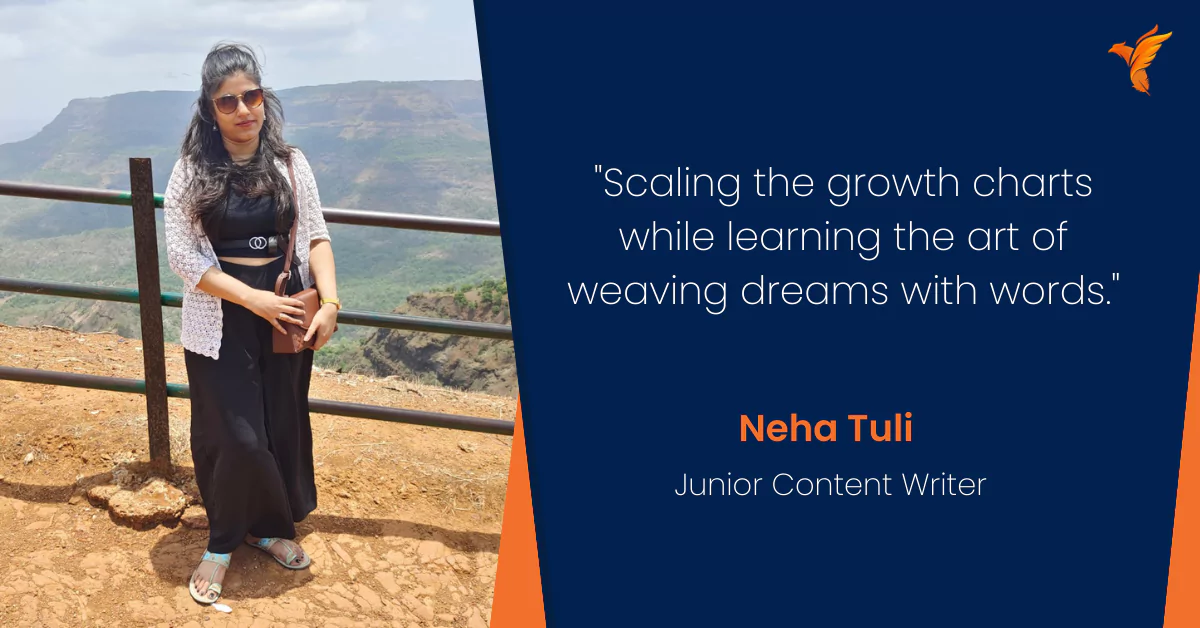

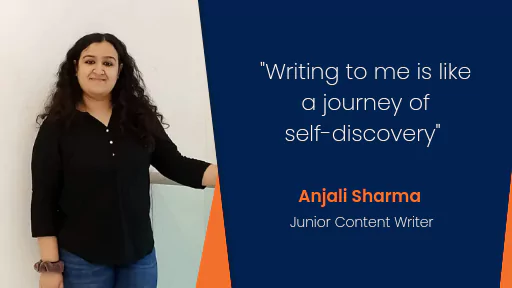
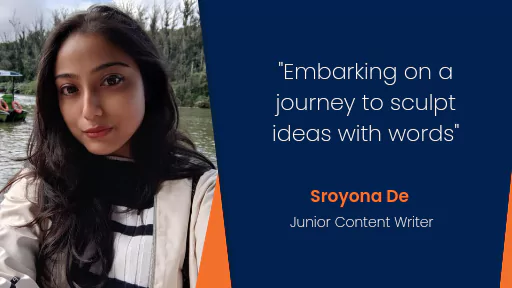
Thank you for your sharing. I am worried that I lack creative ideas. It is your article that makes me full of hope. Thank you. But, I have a question, can you help me? https://www.binance.com/it/register?ref=V3MG69RO